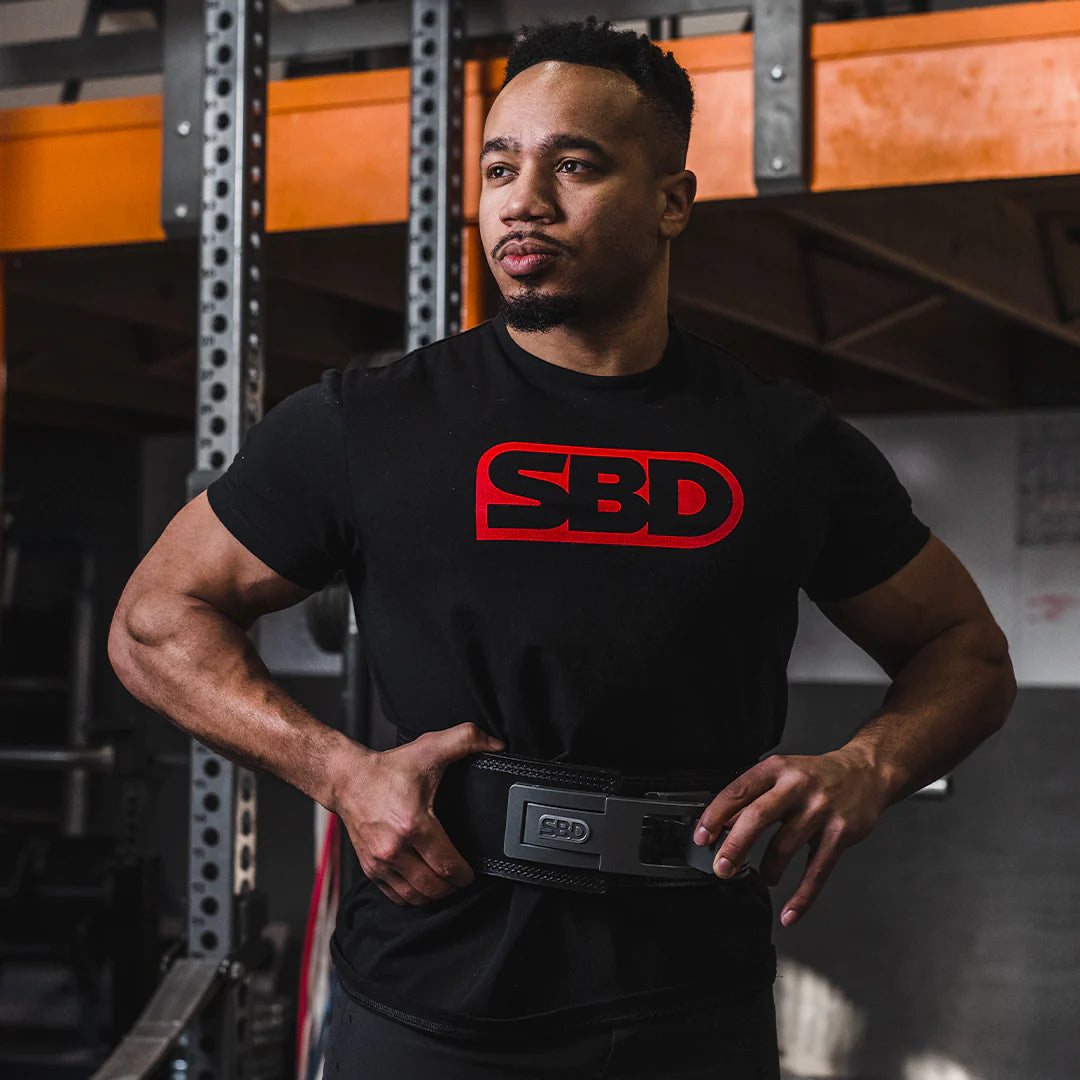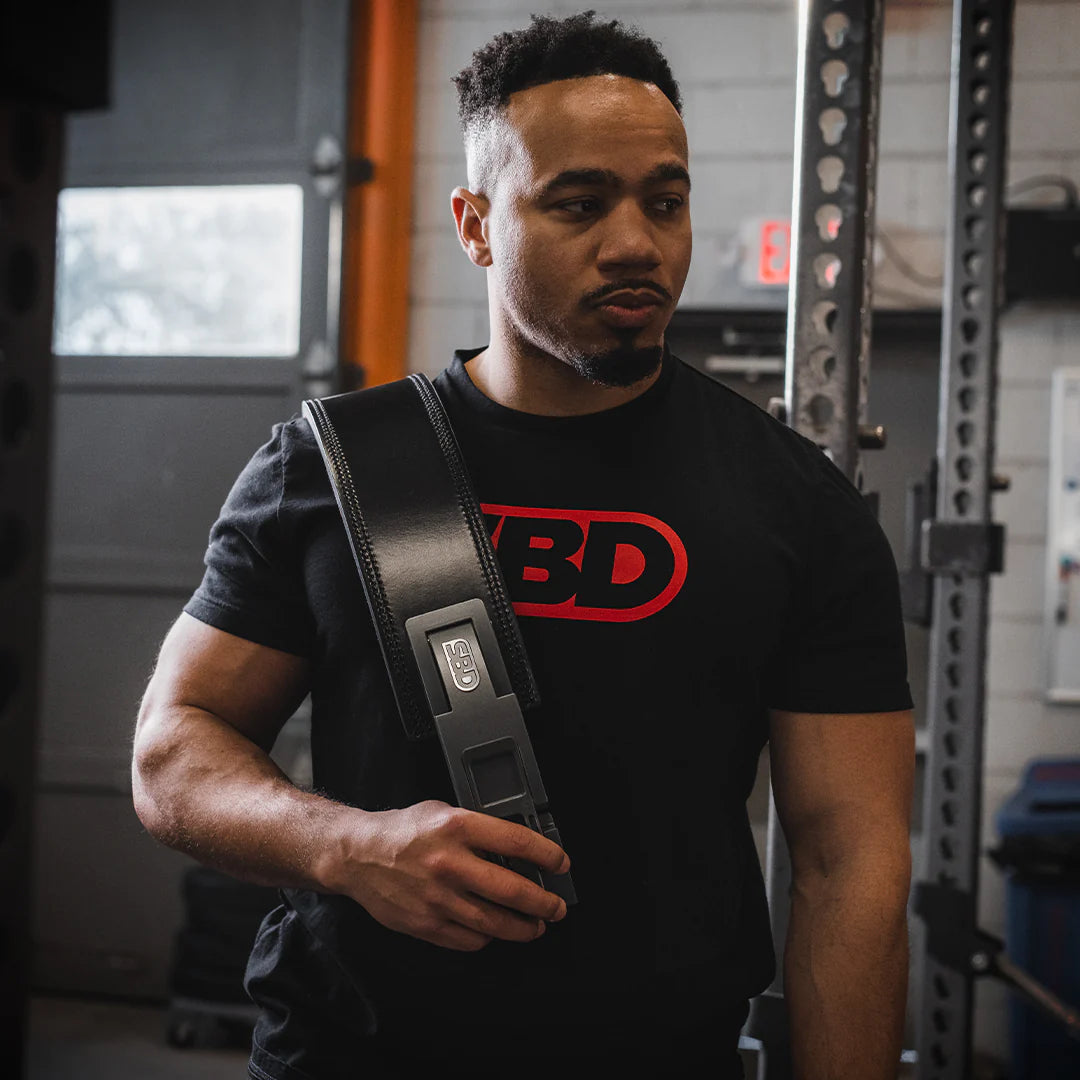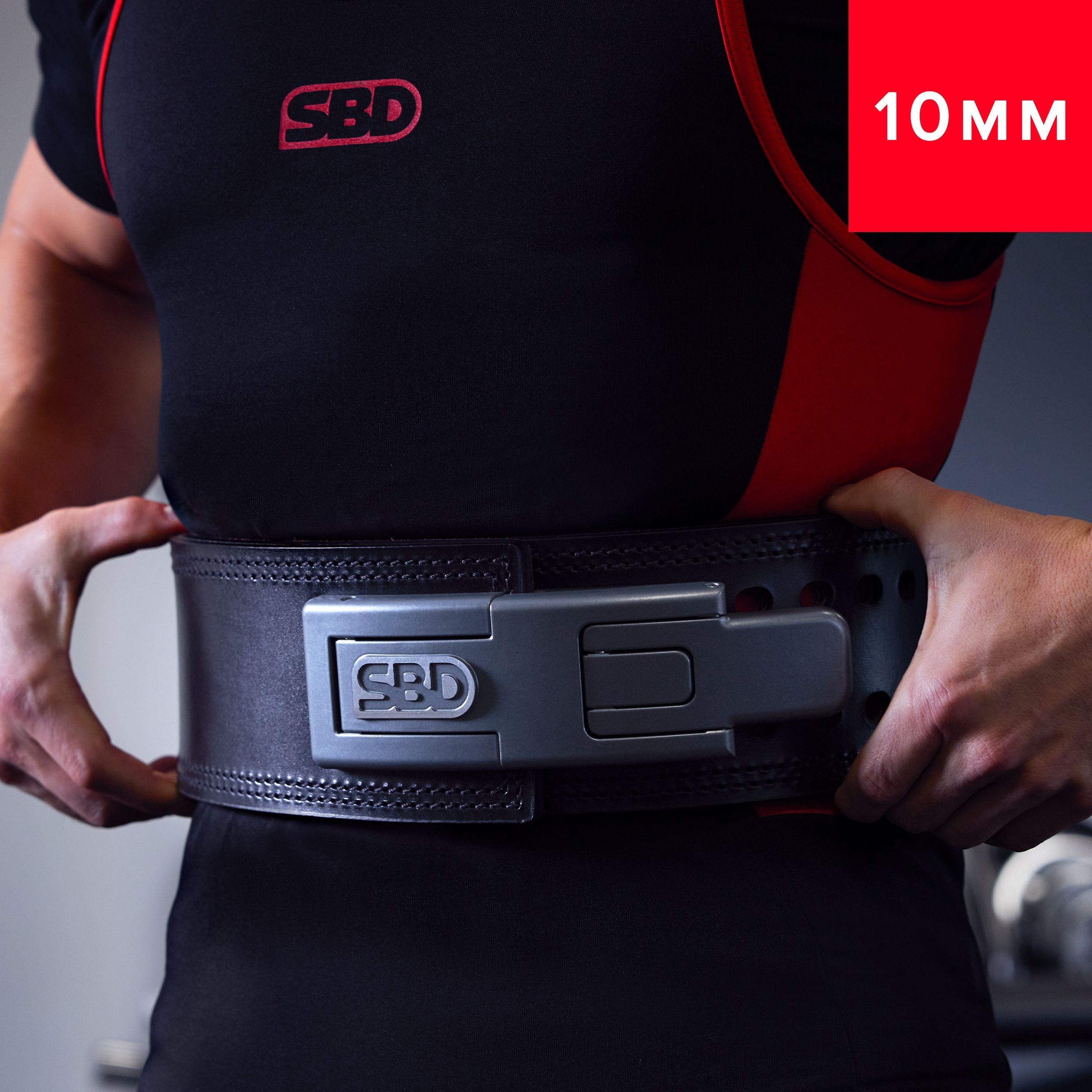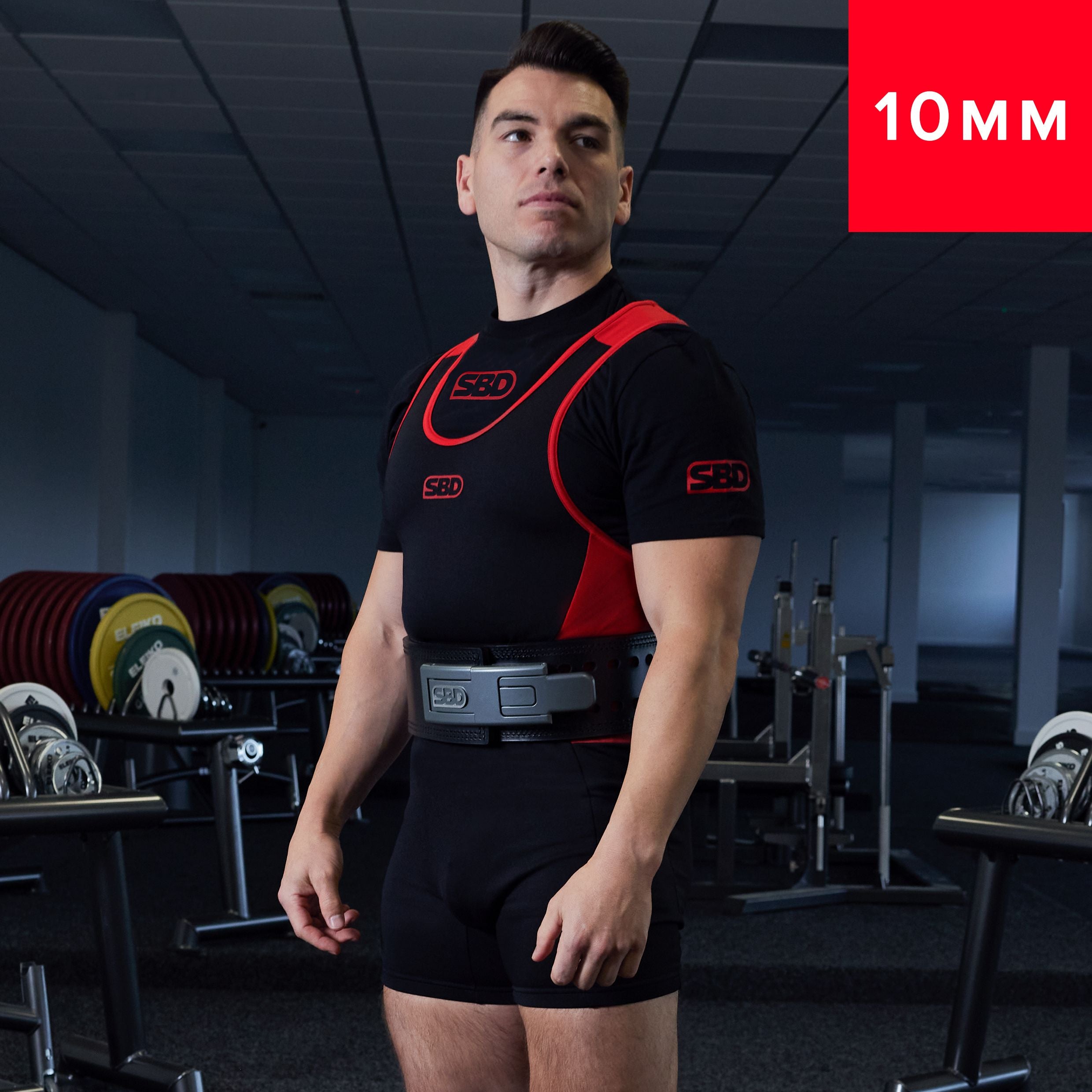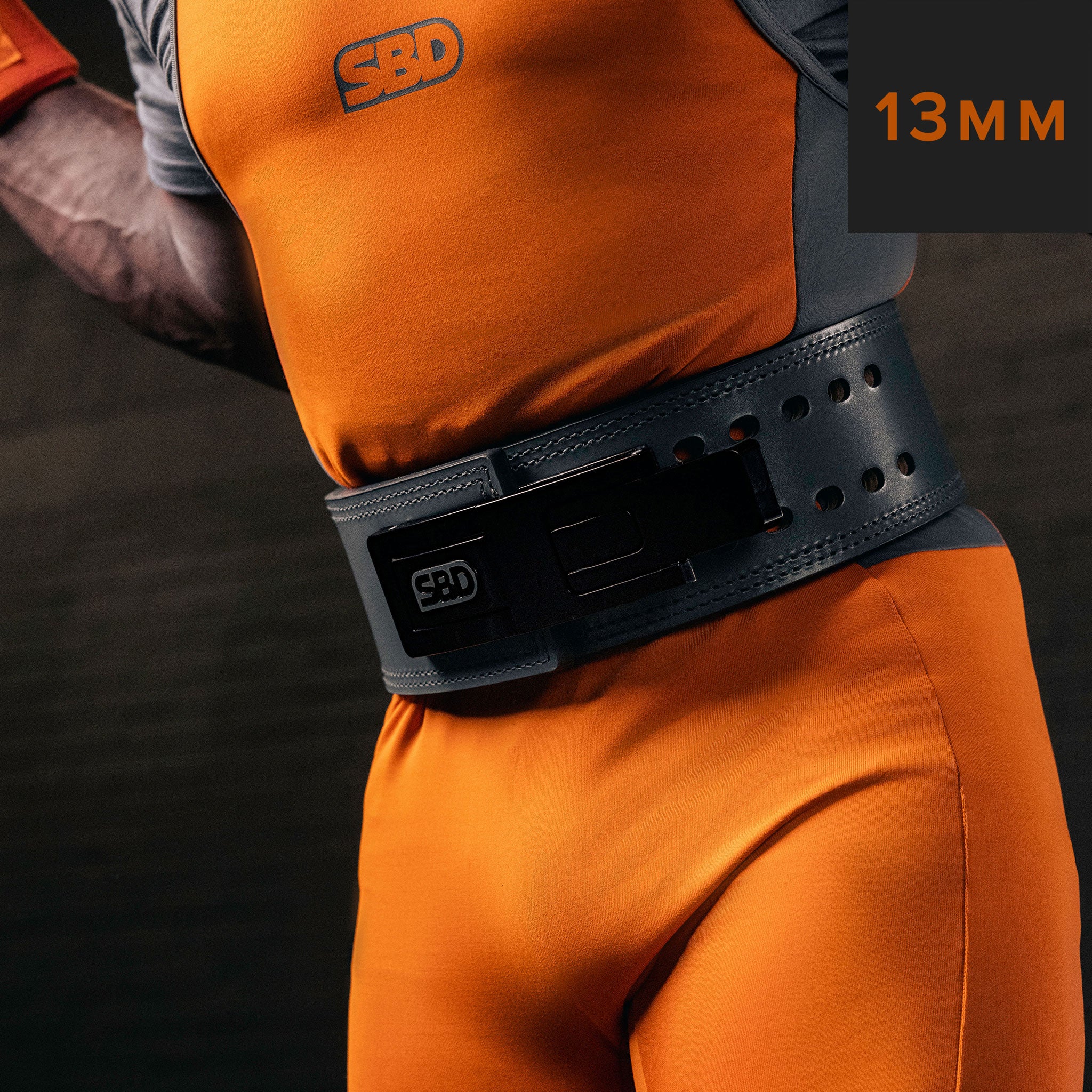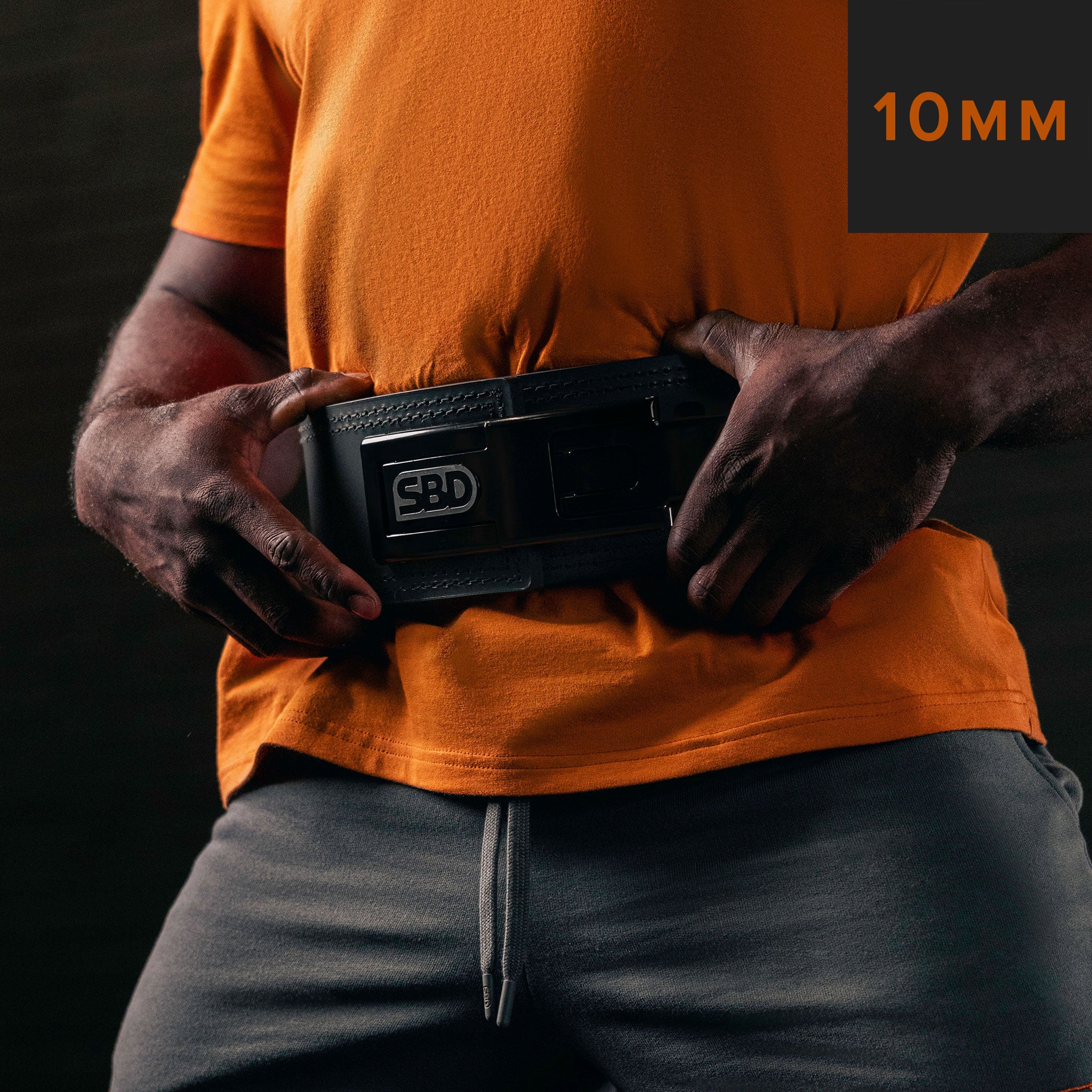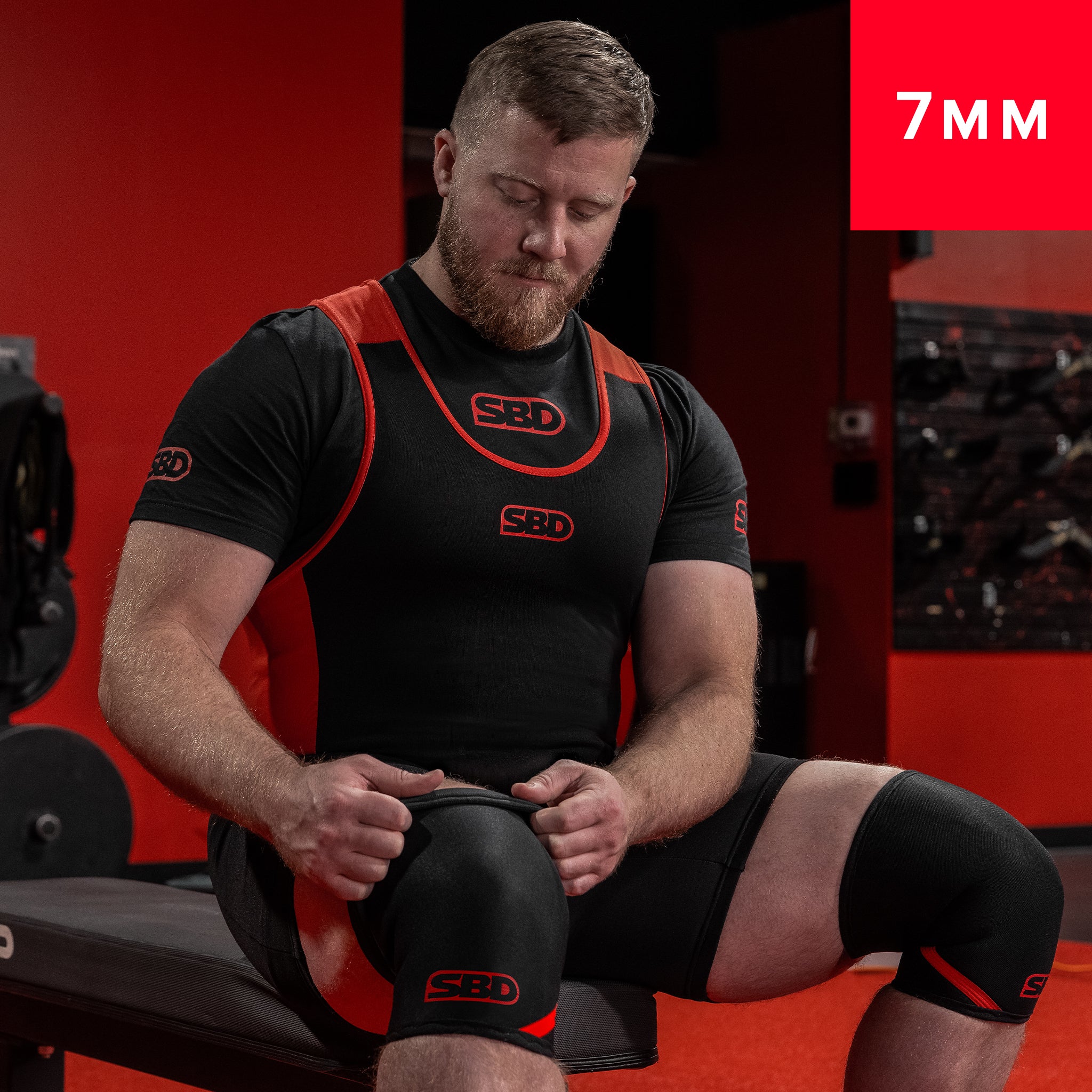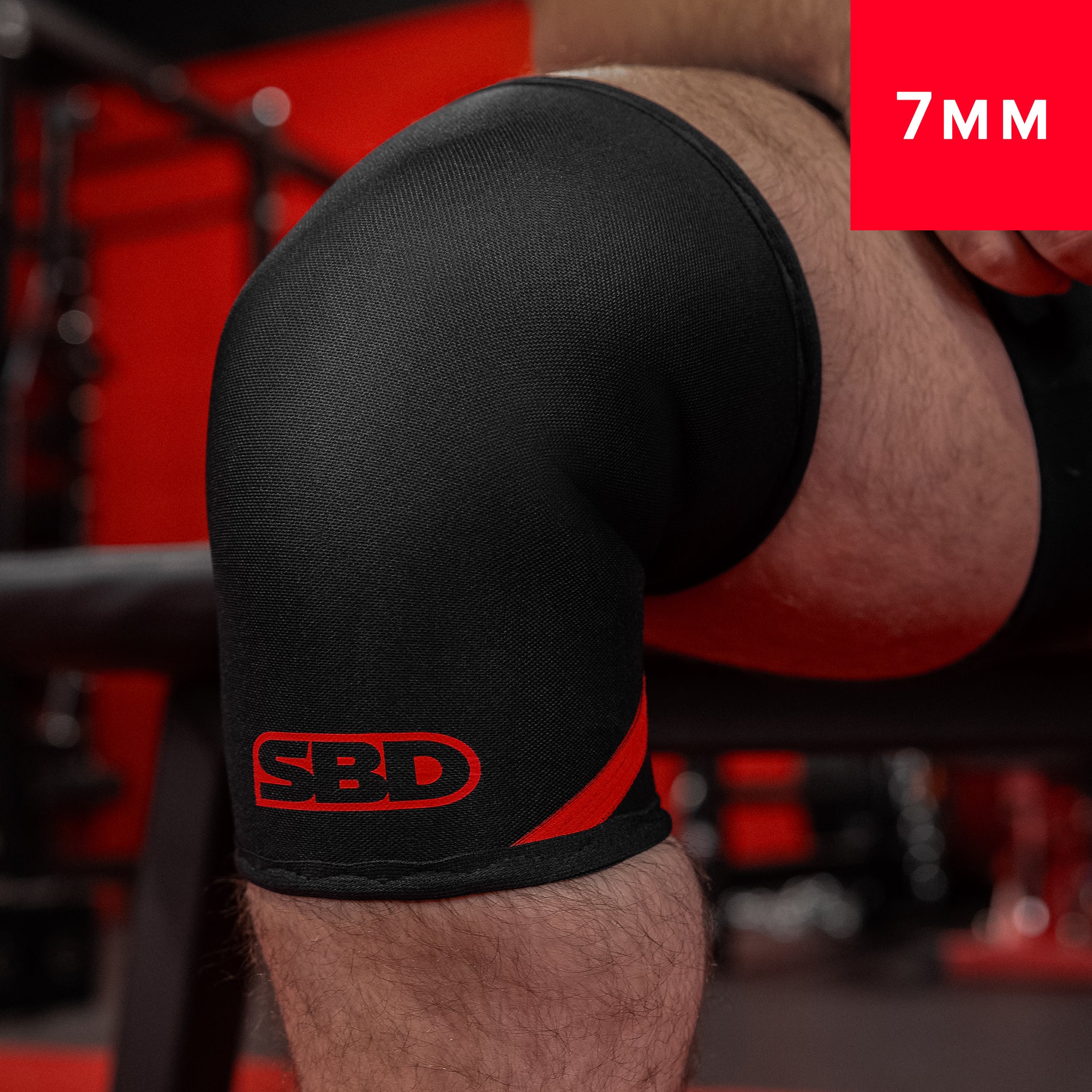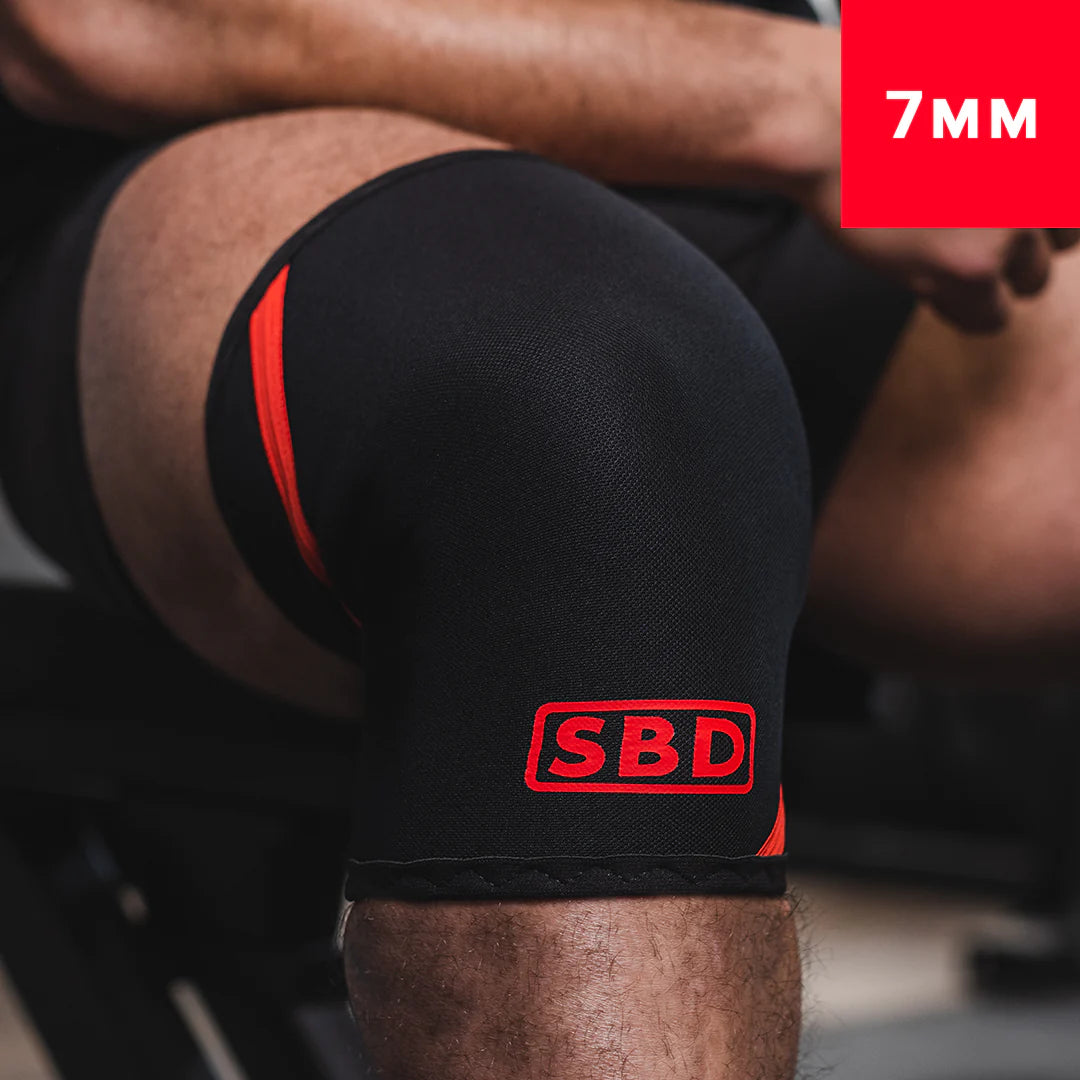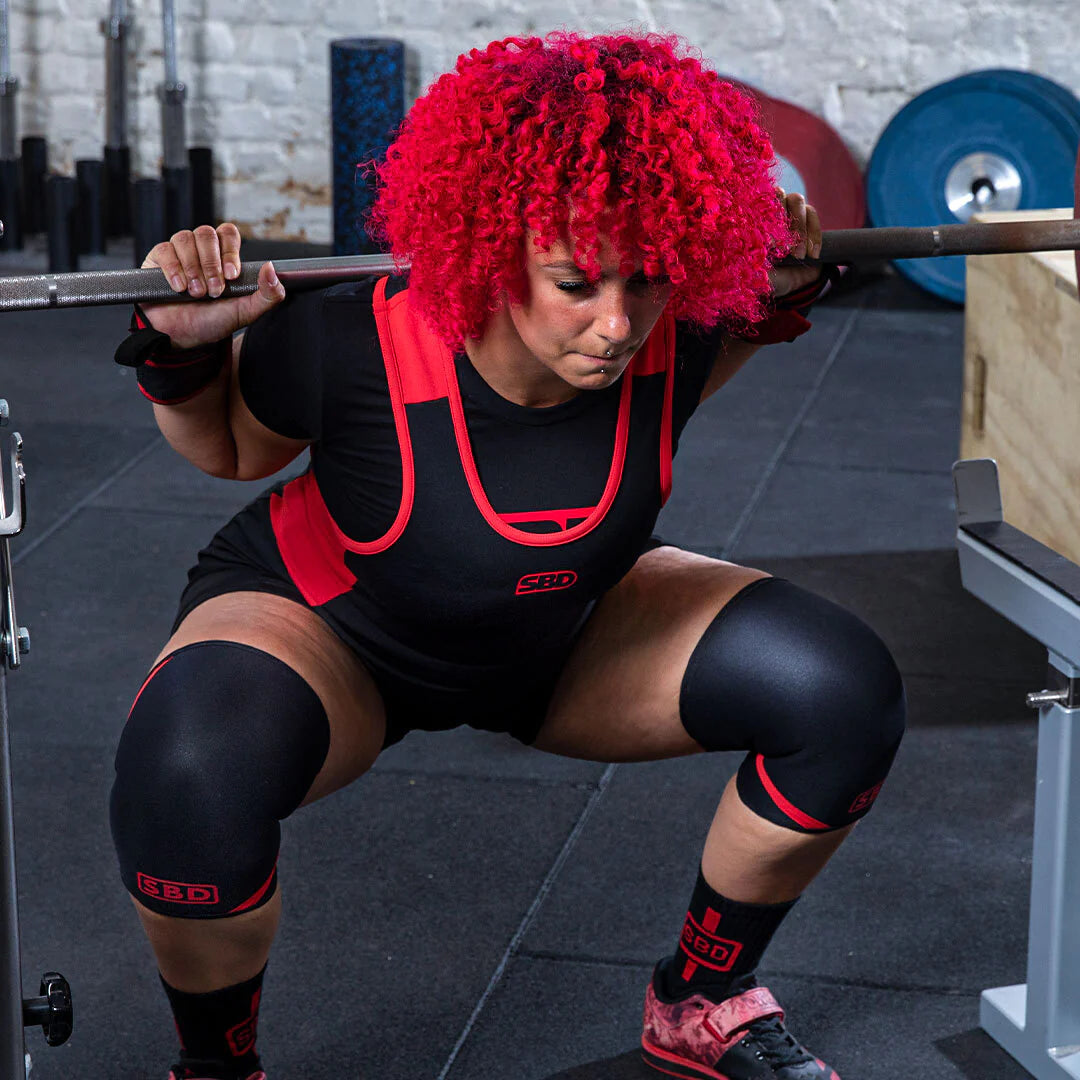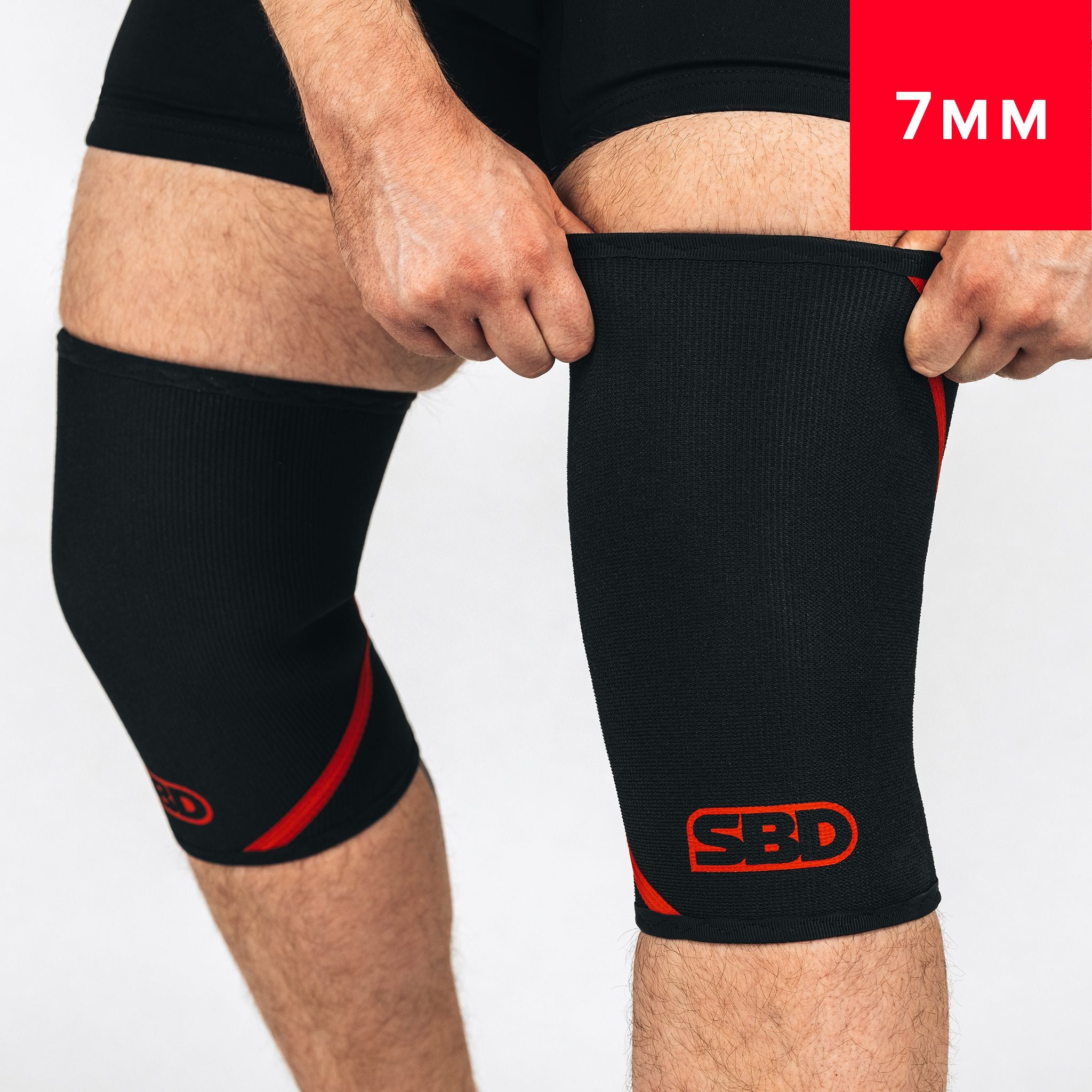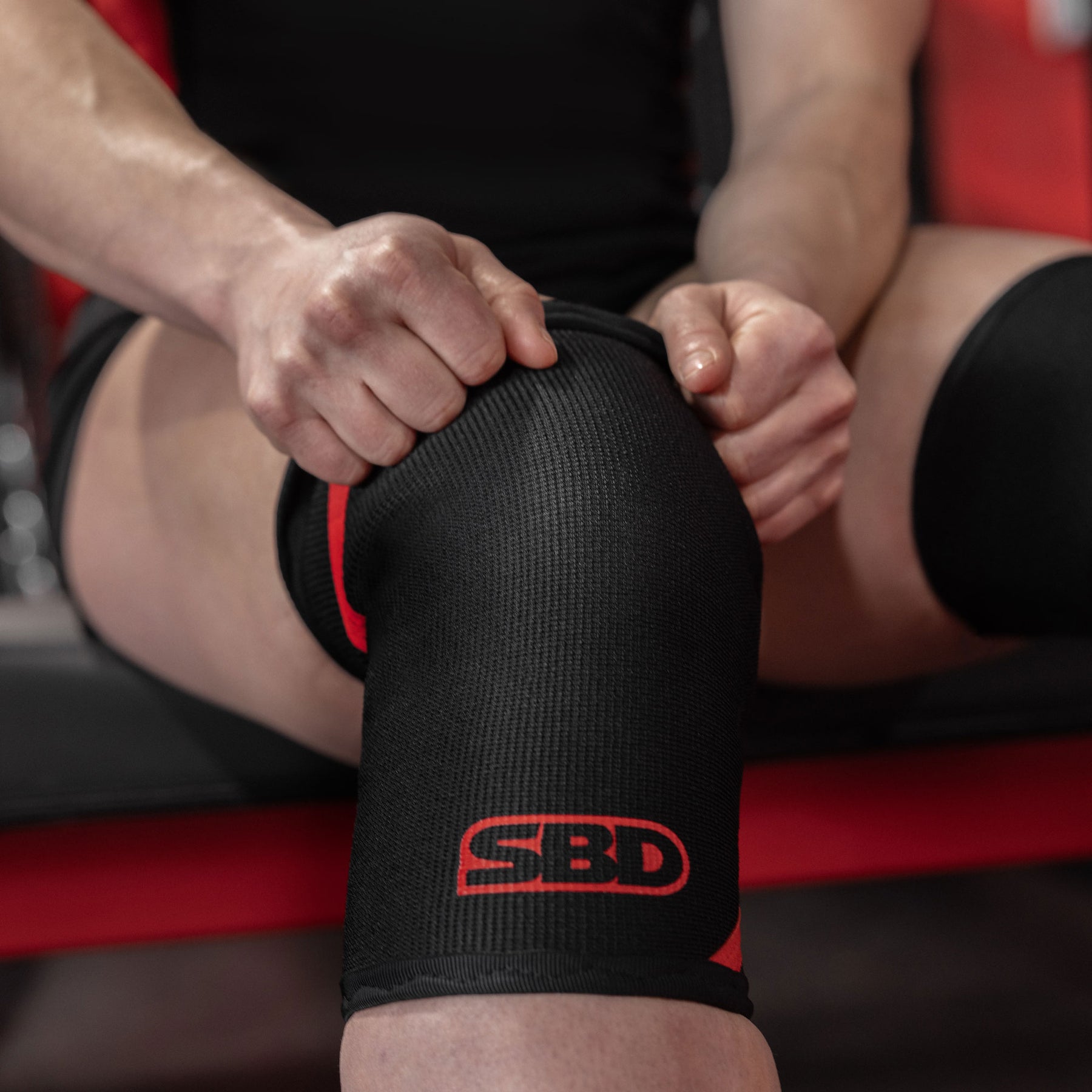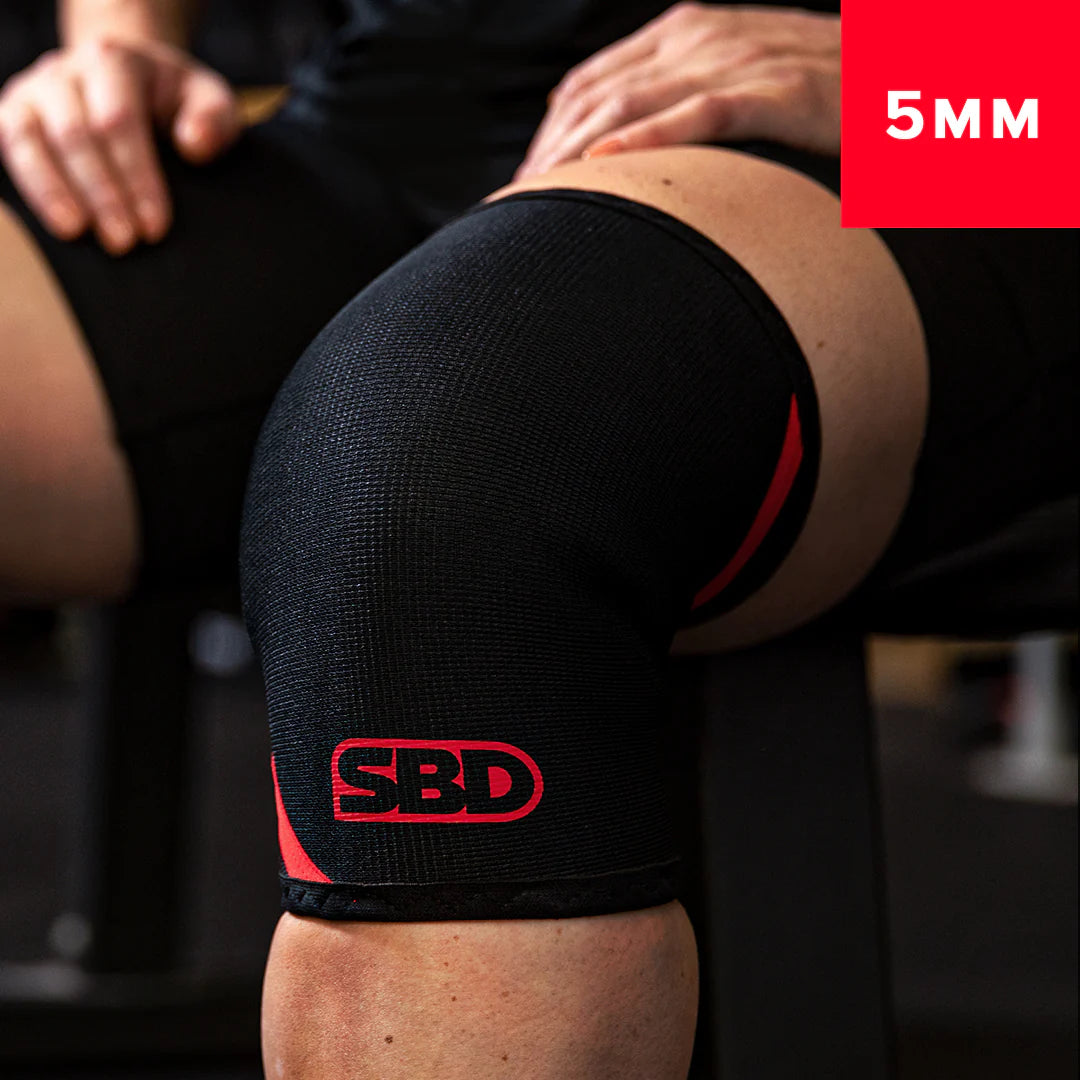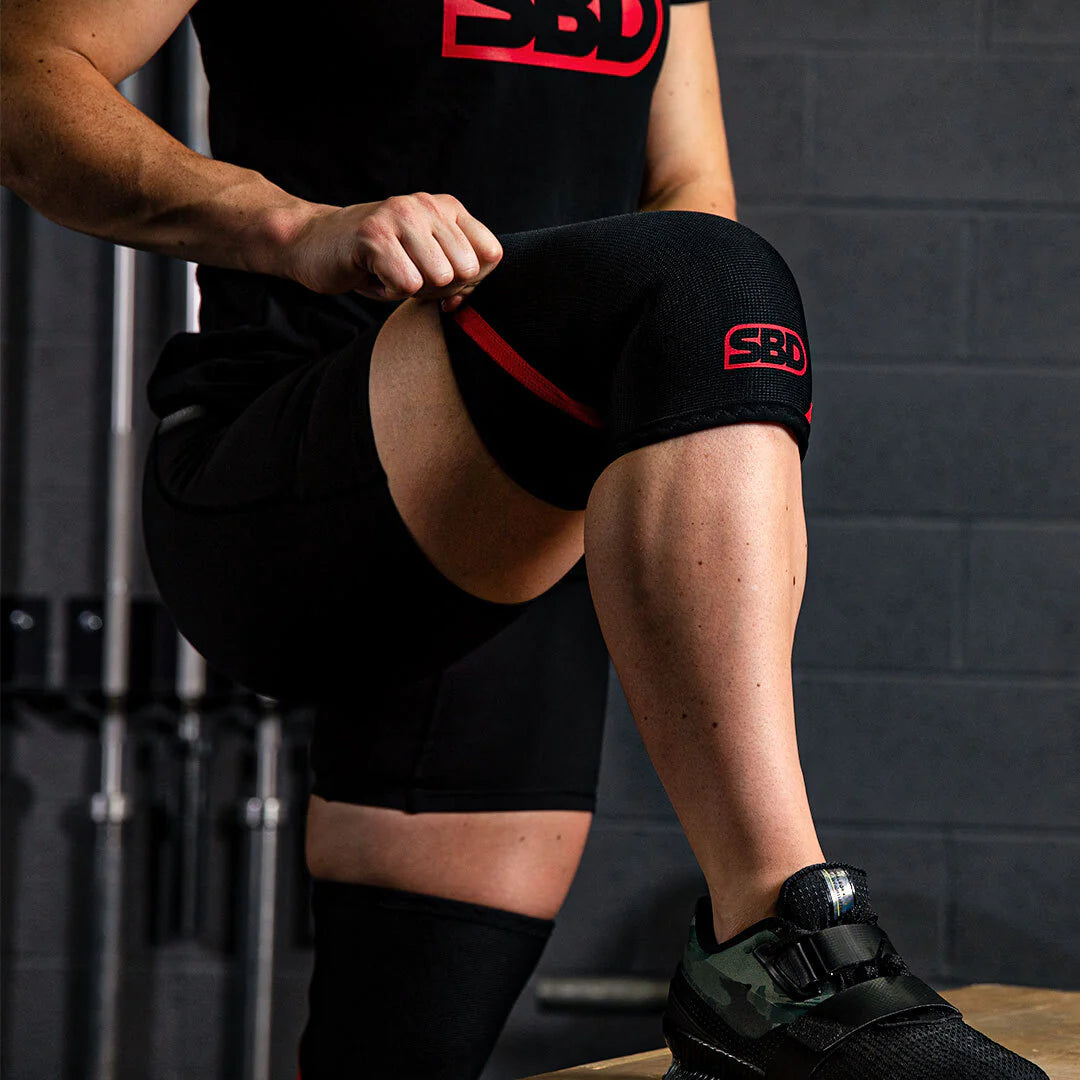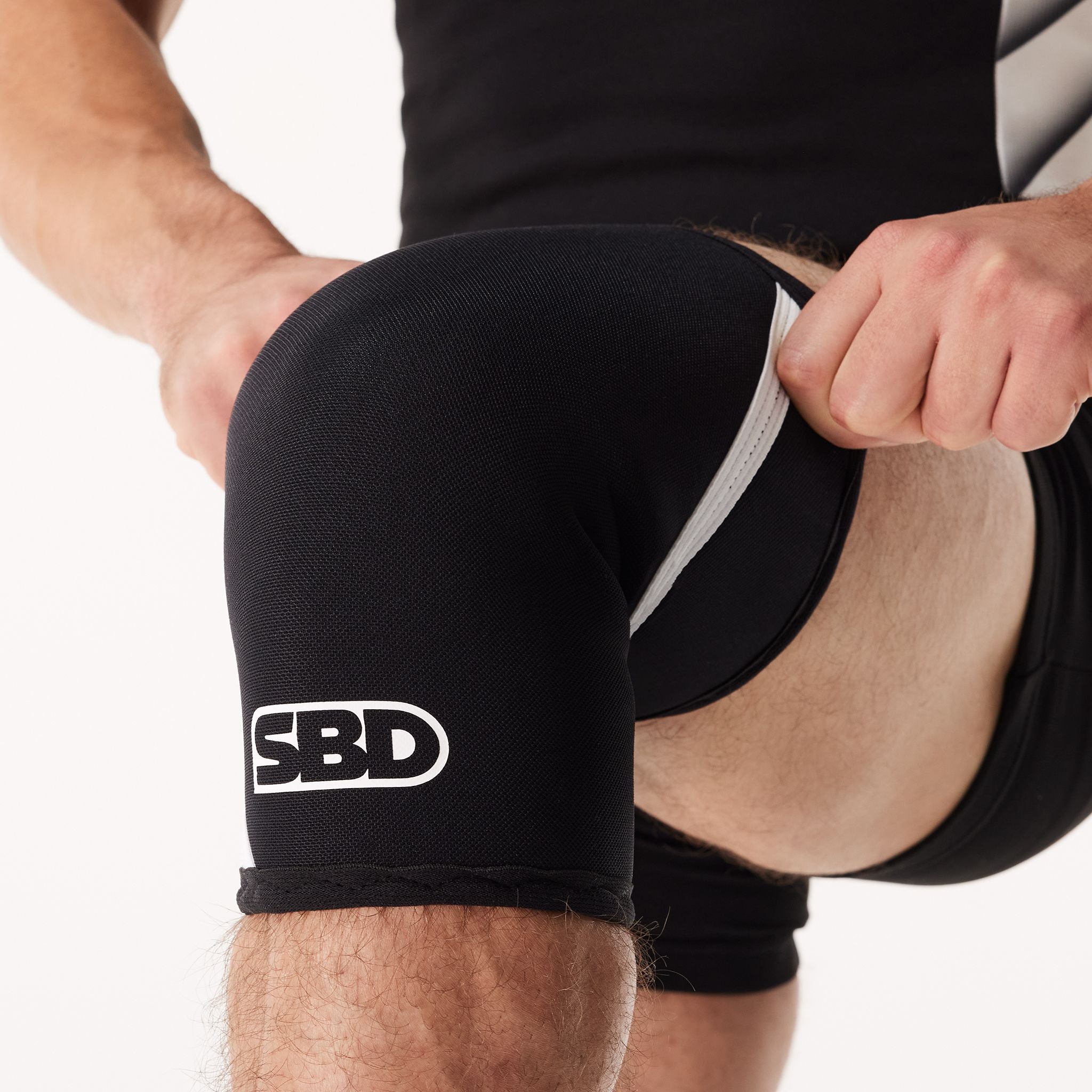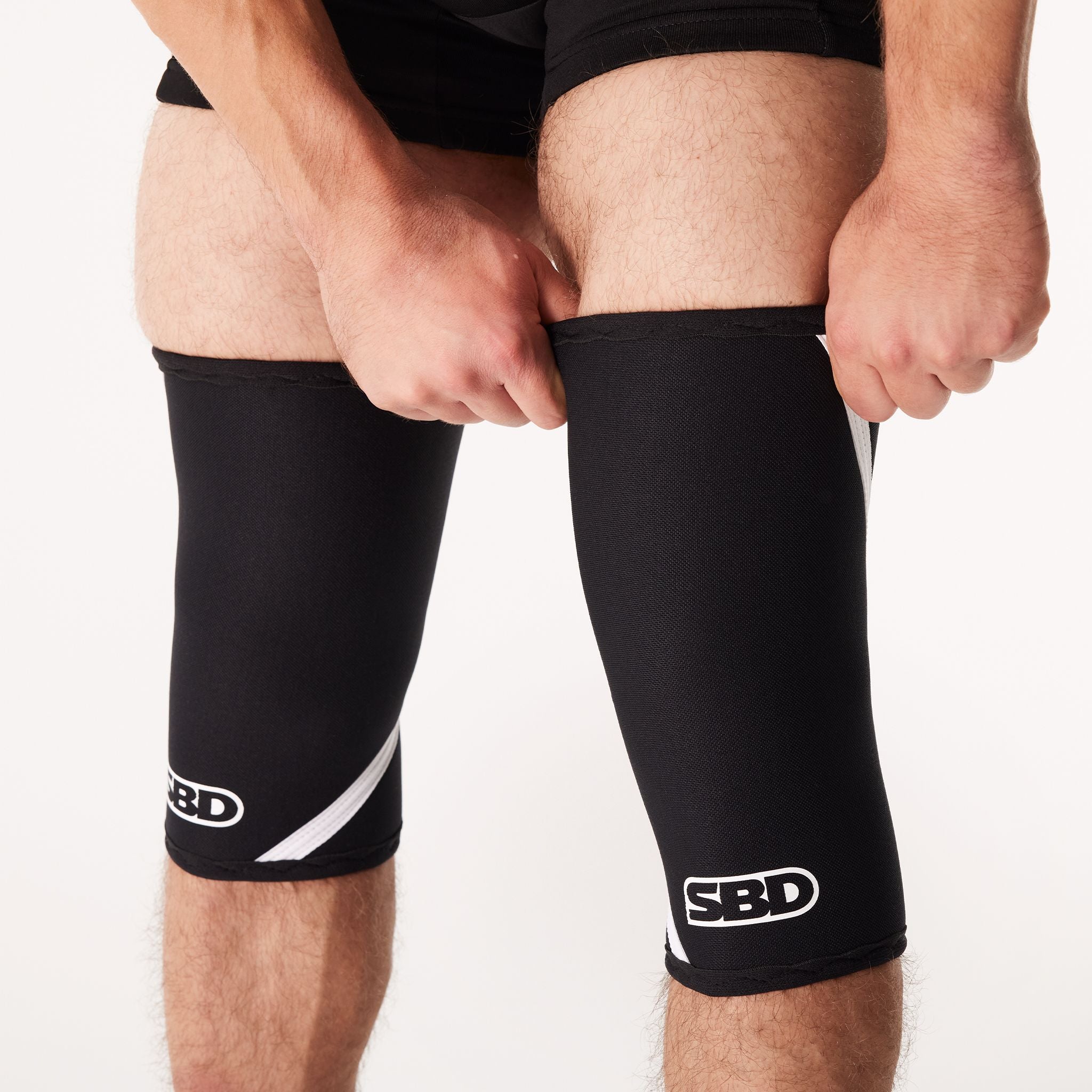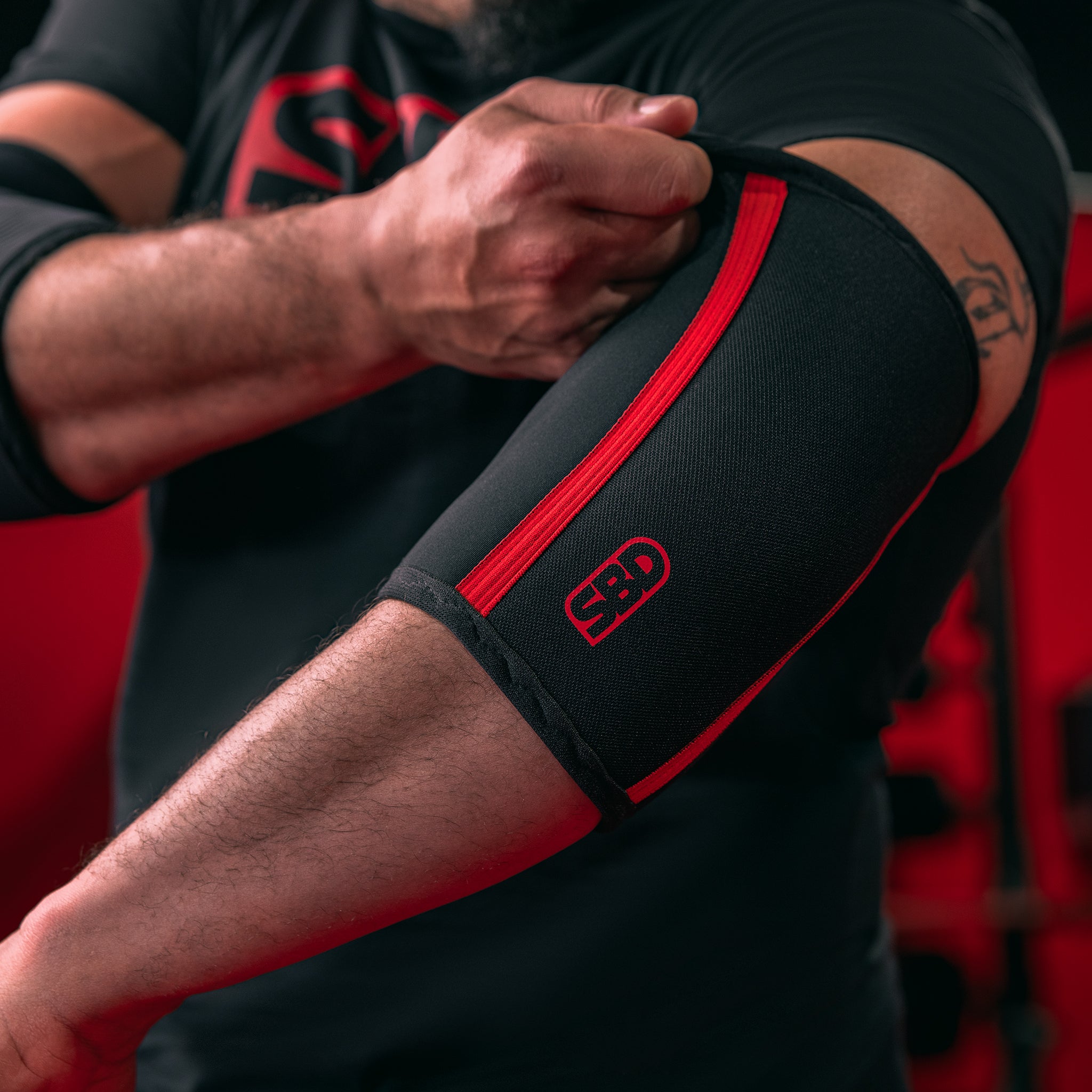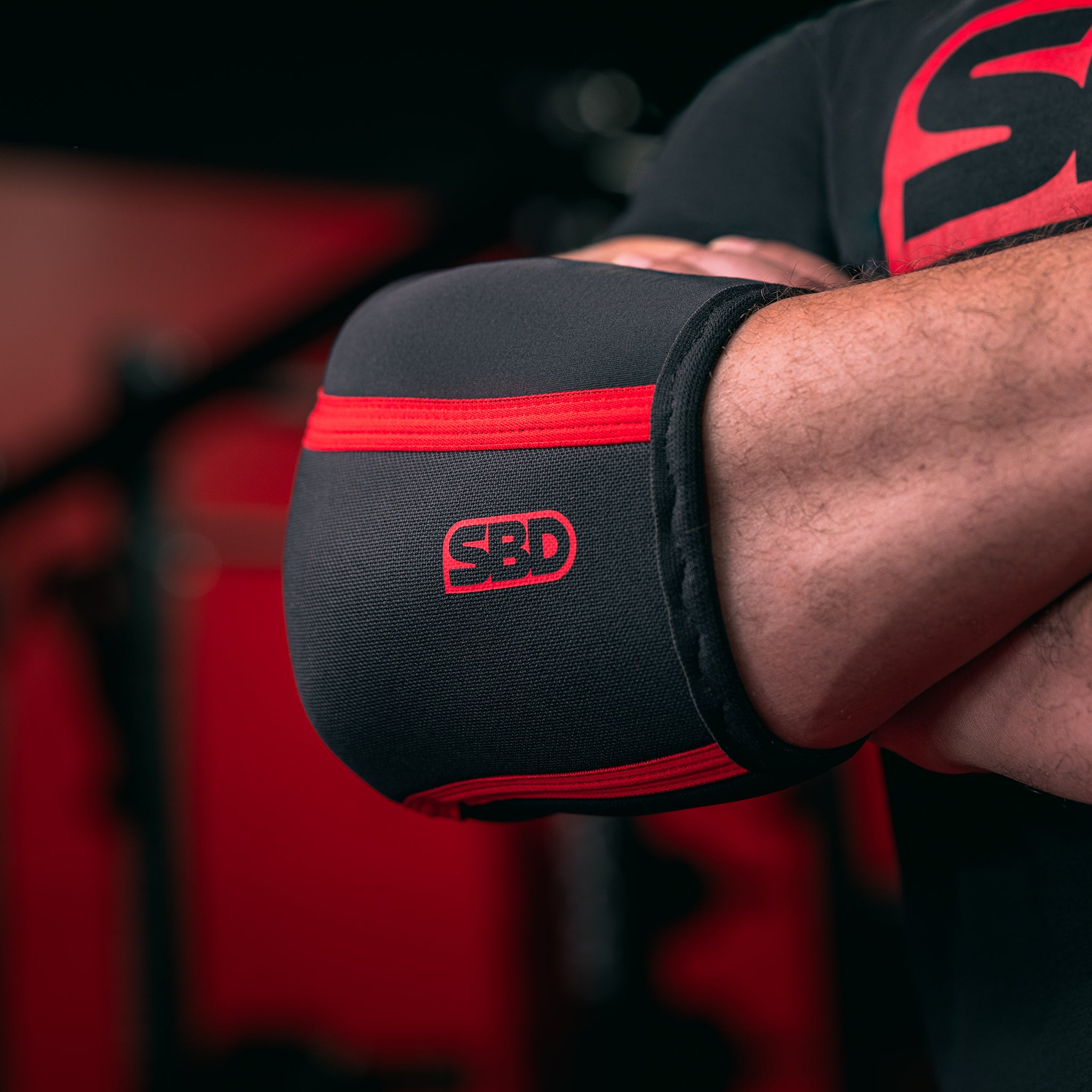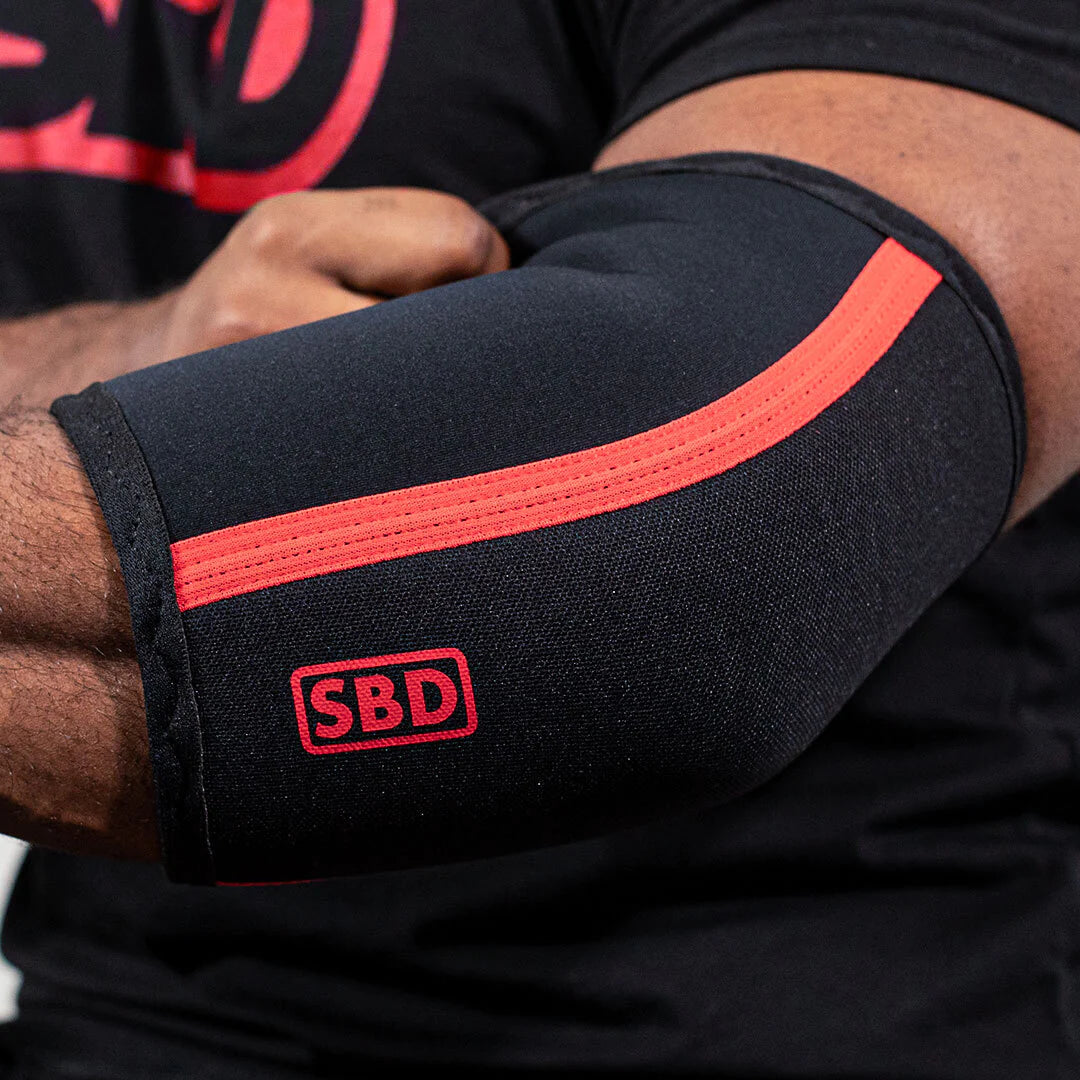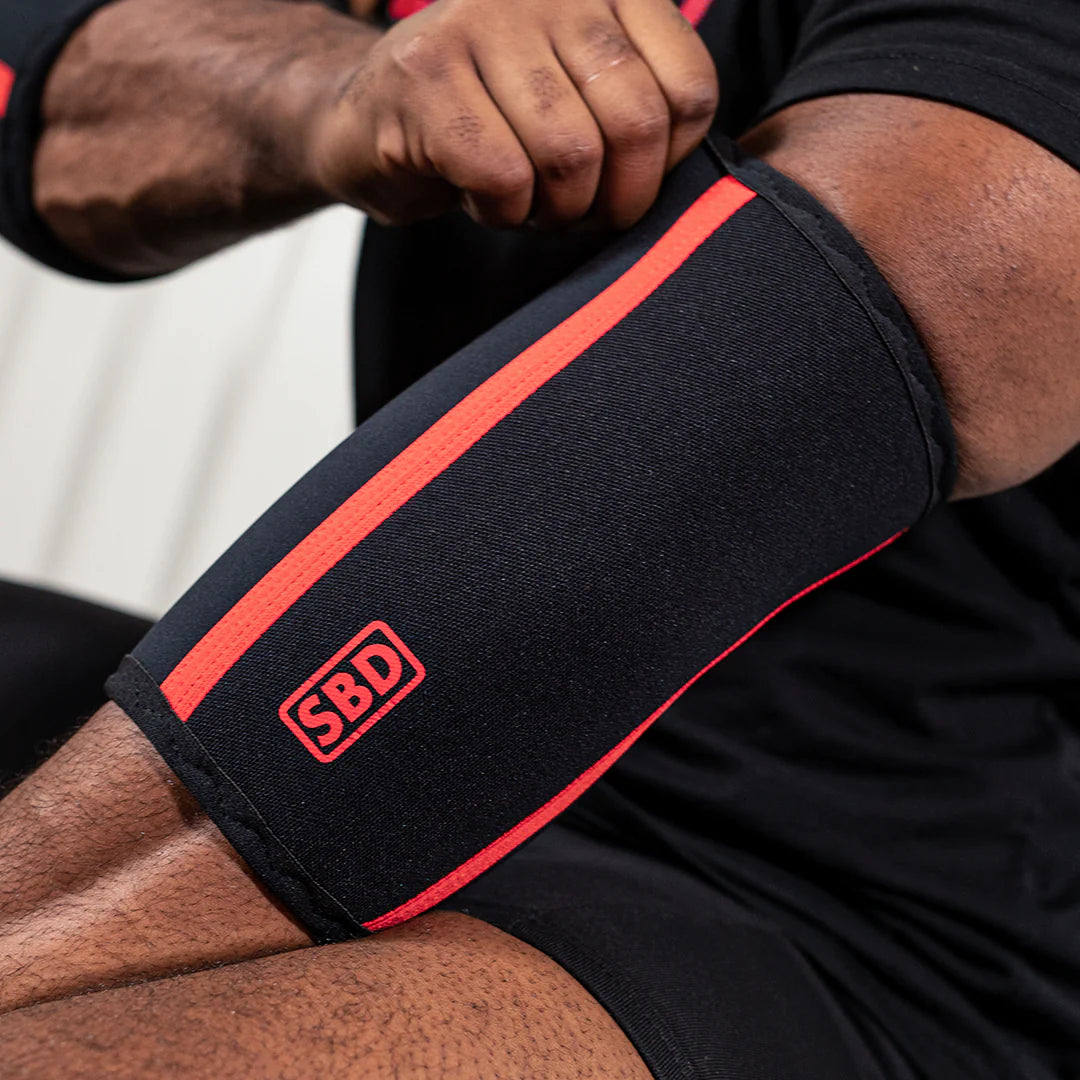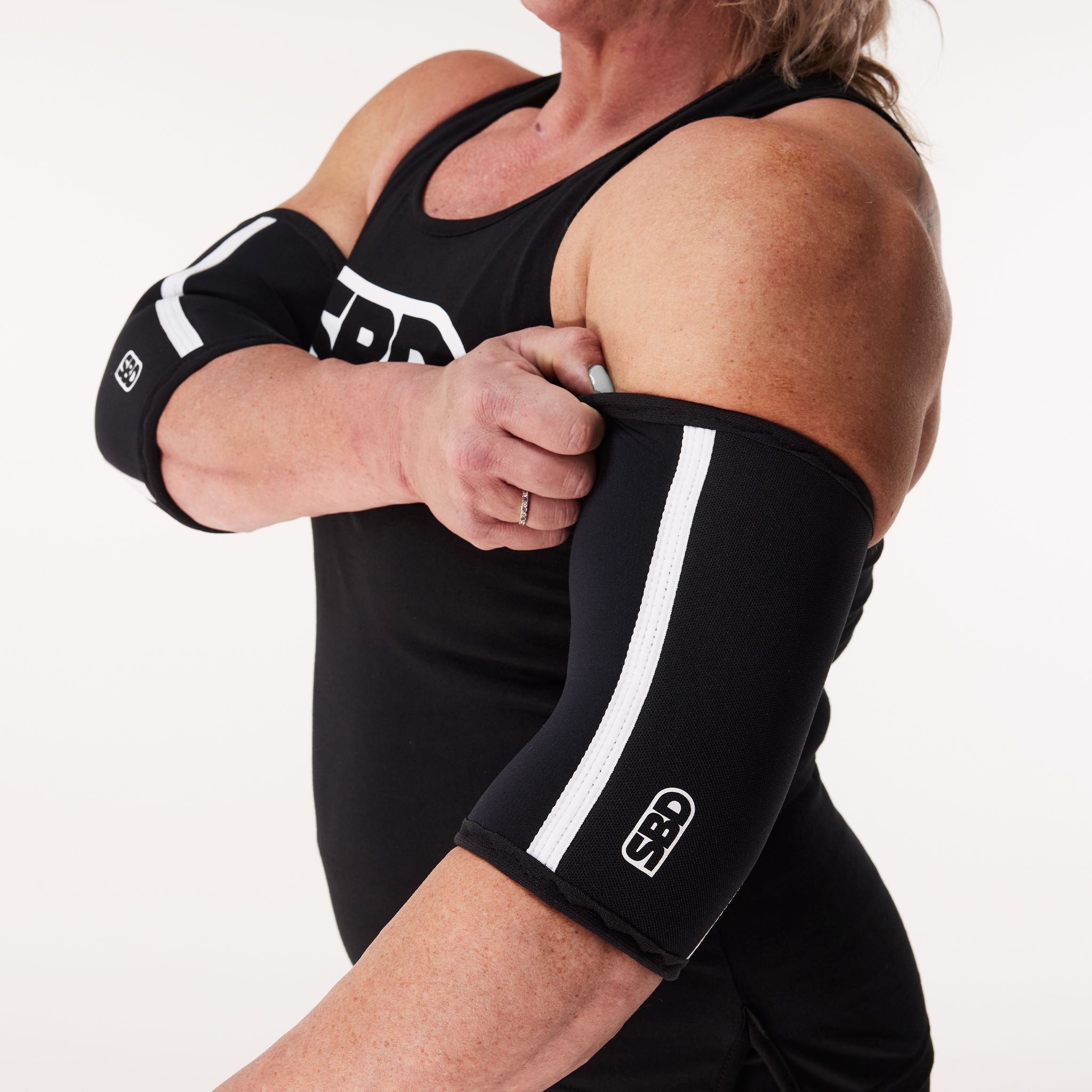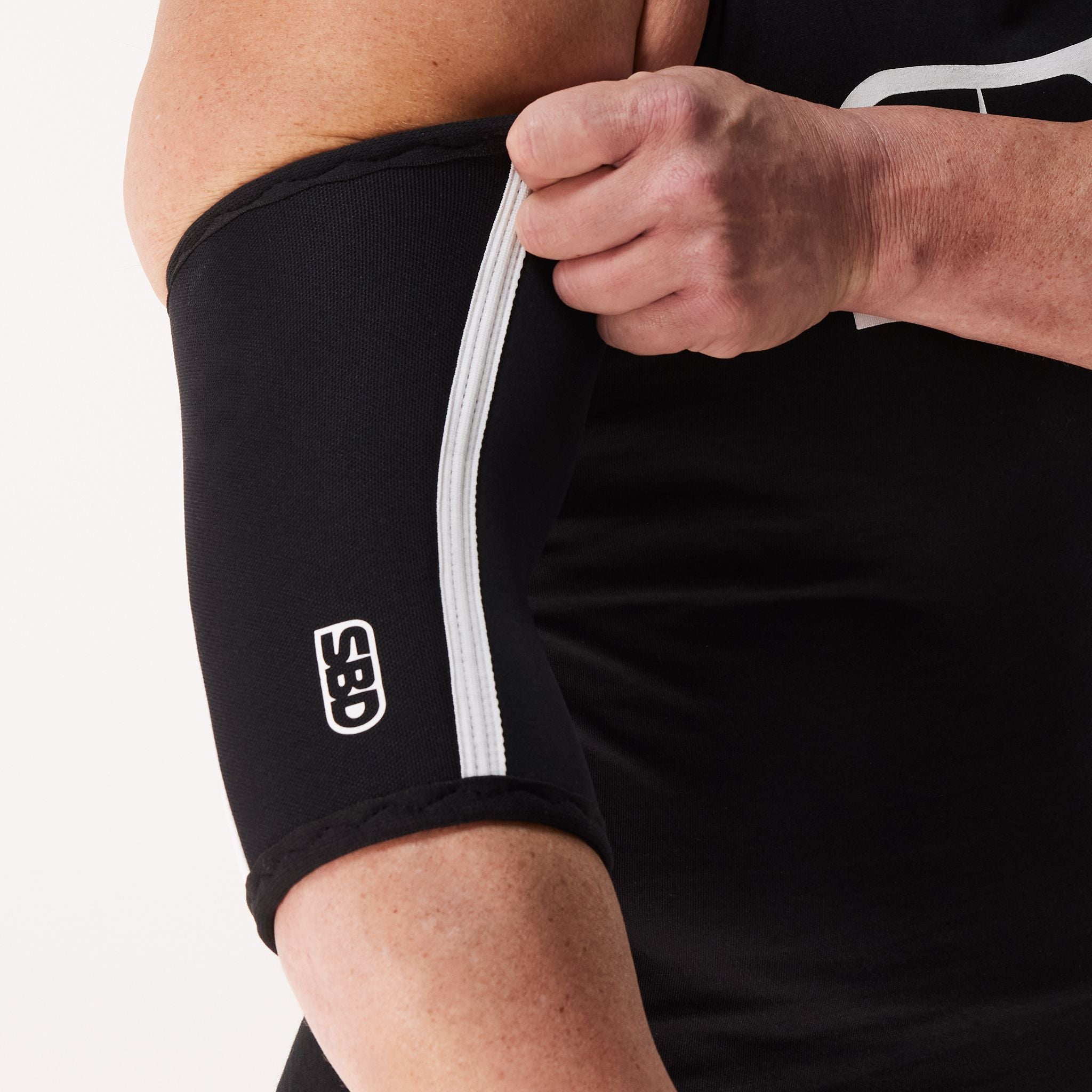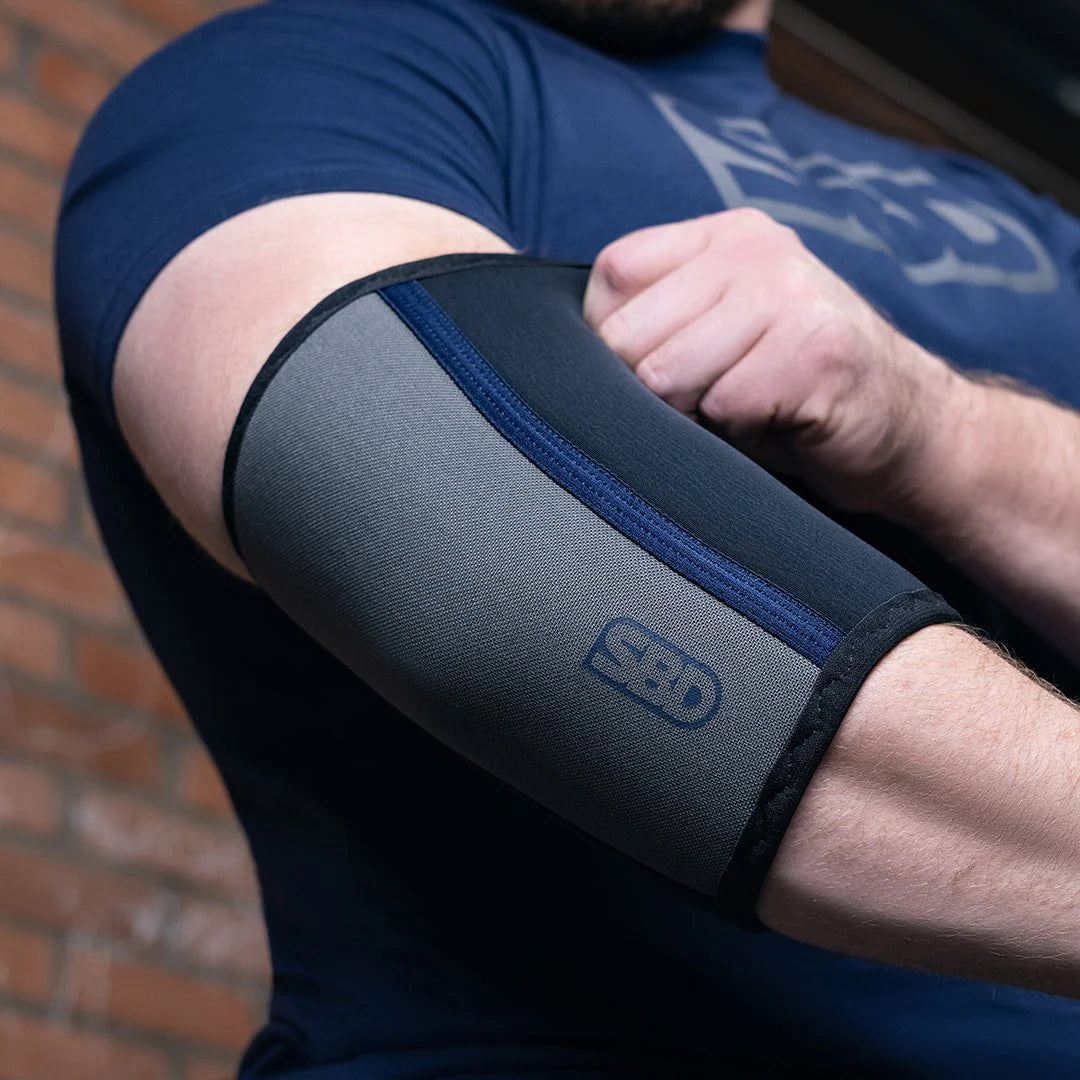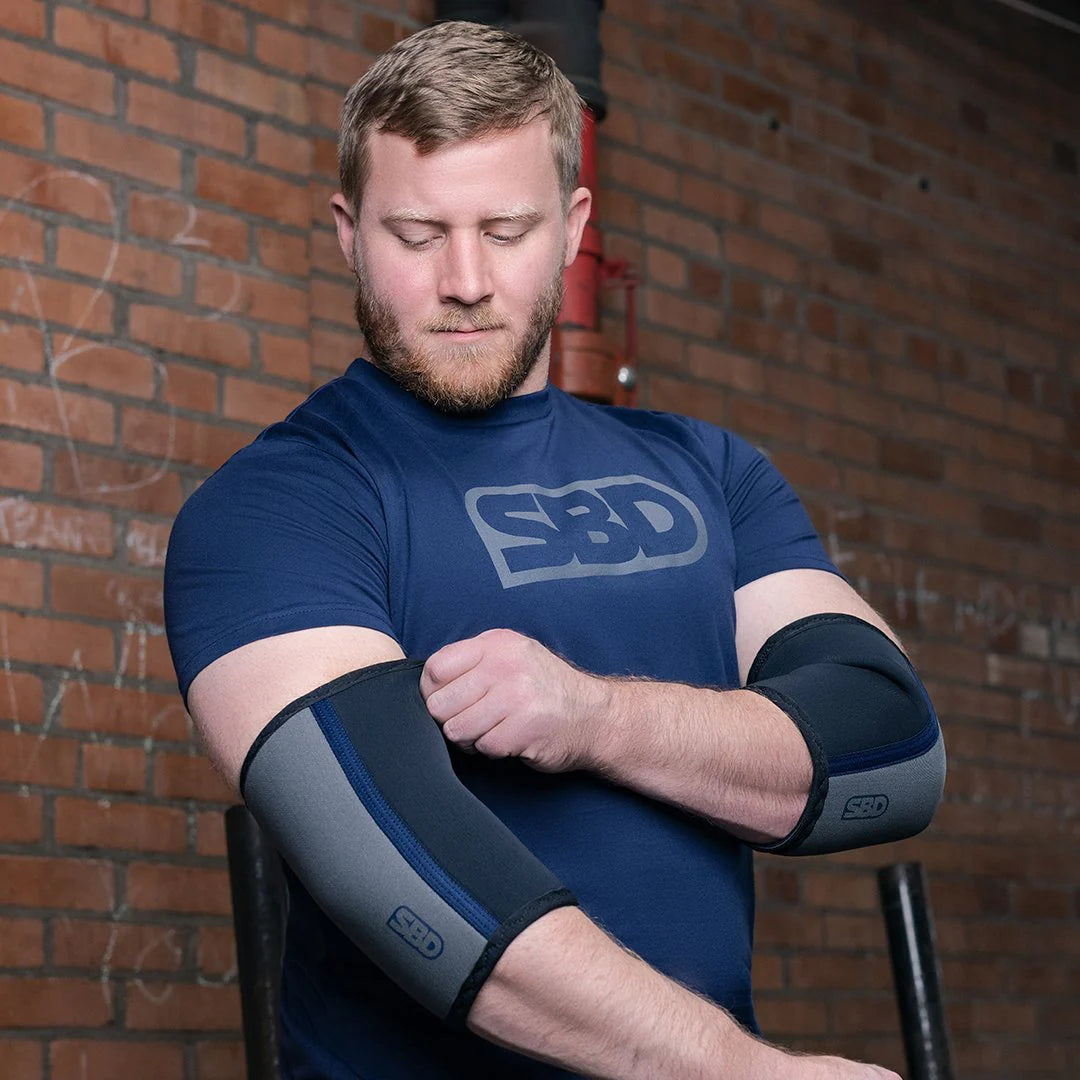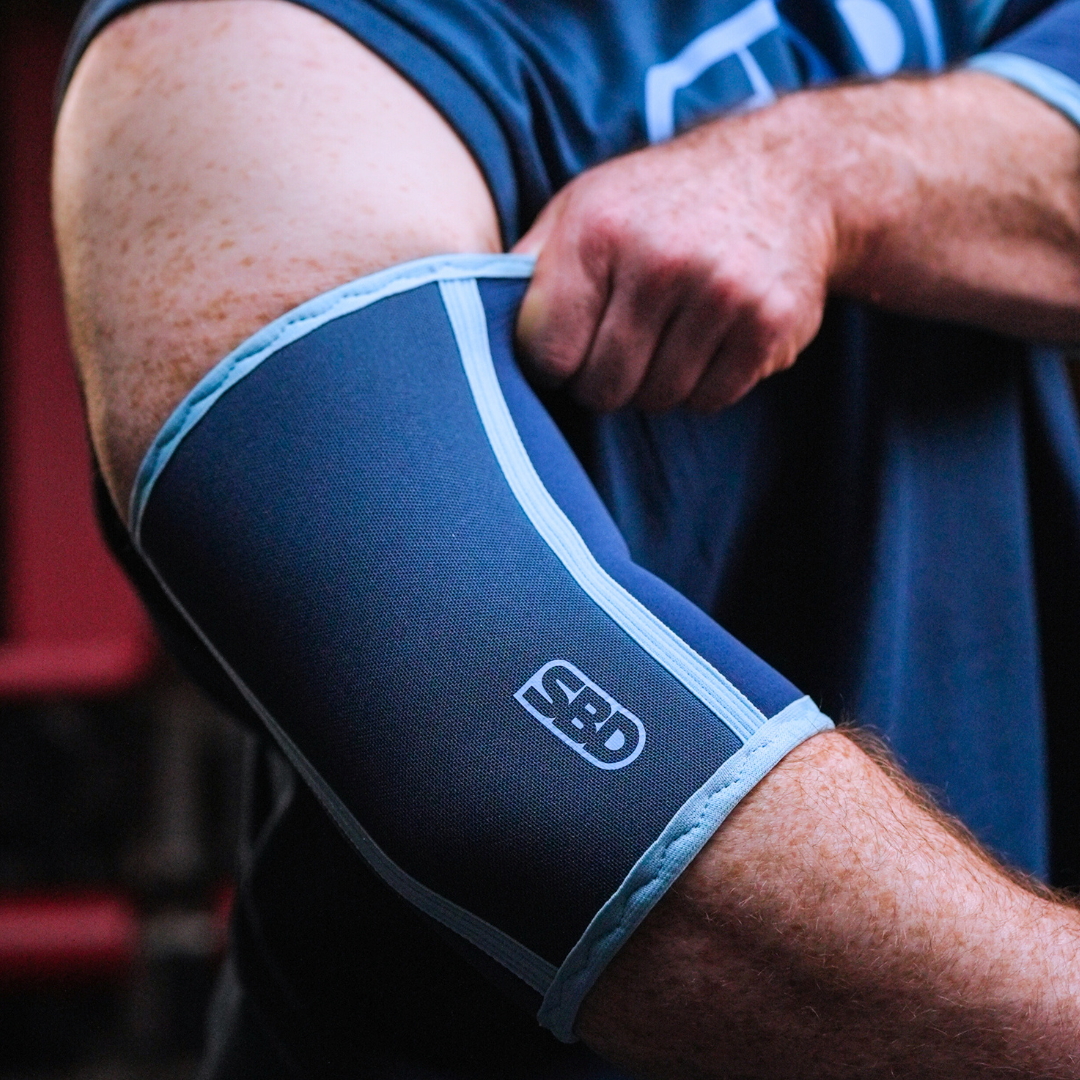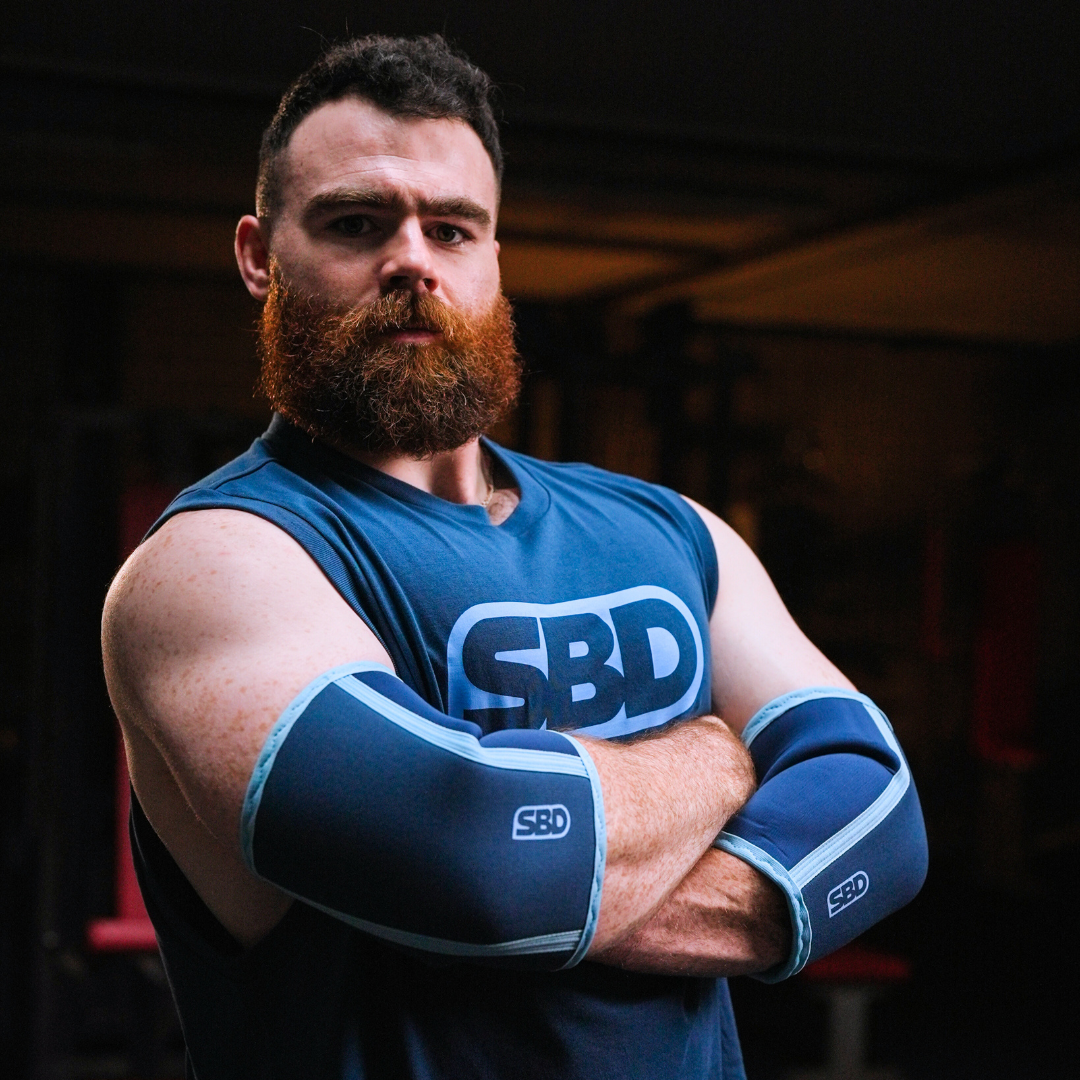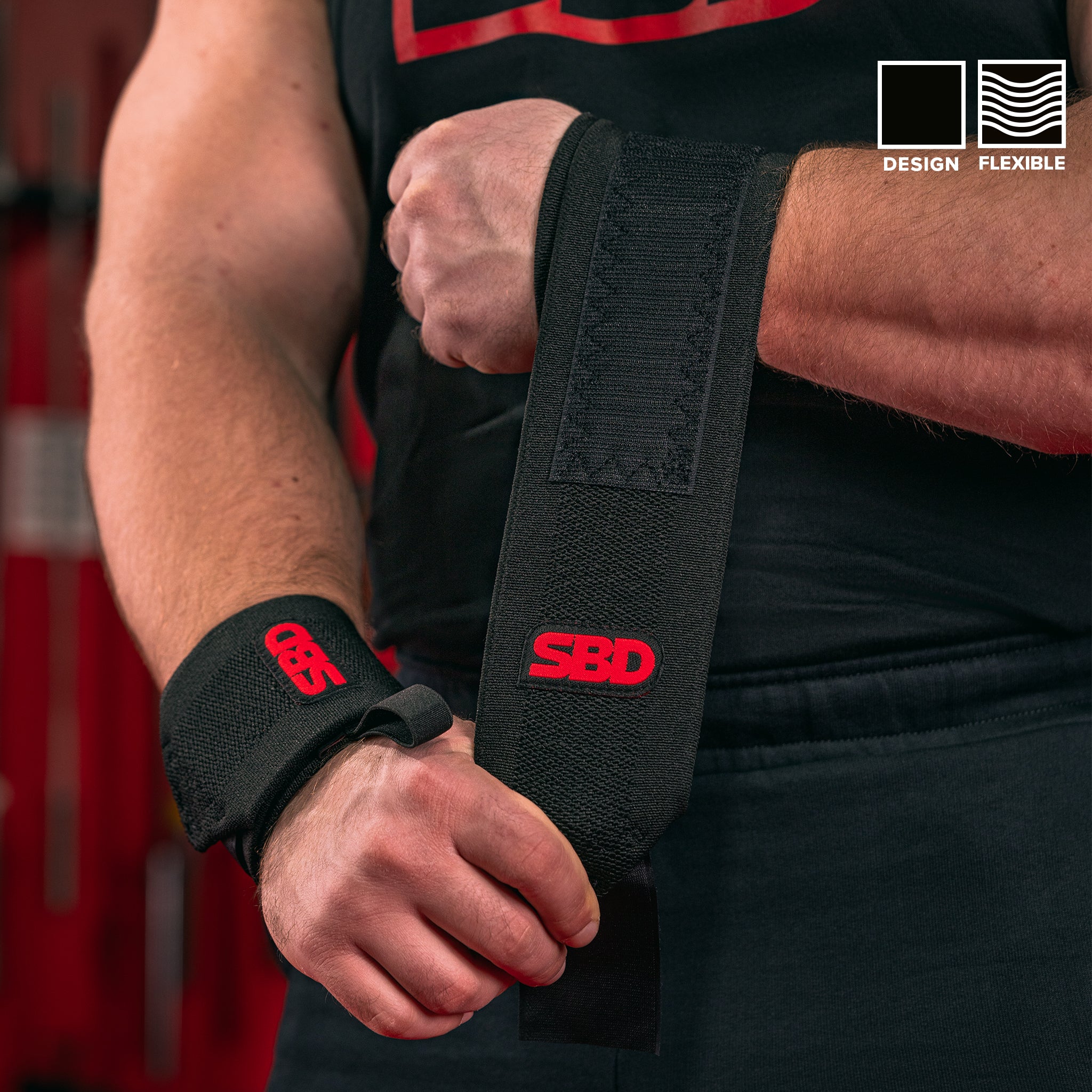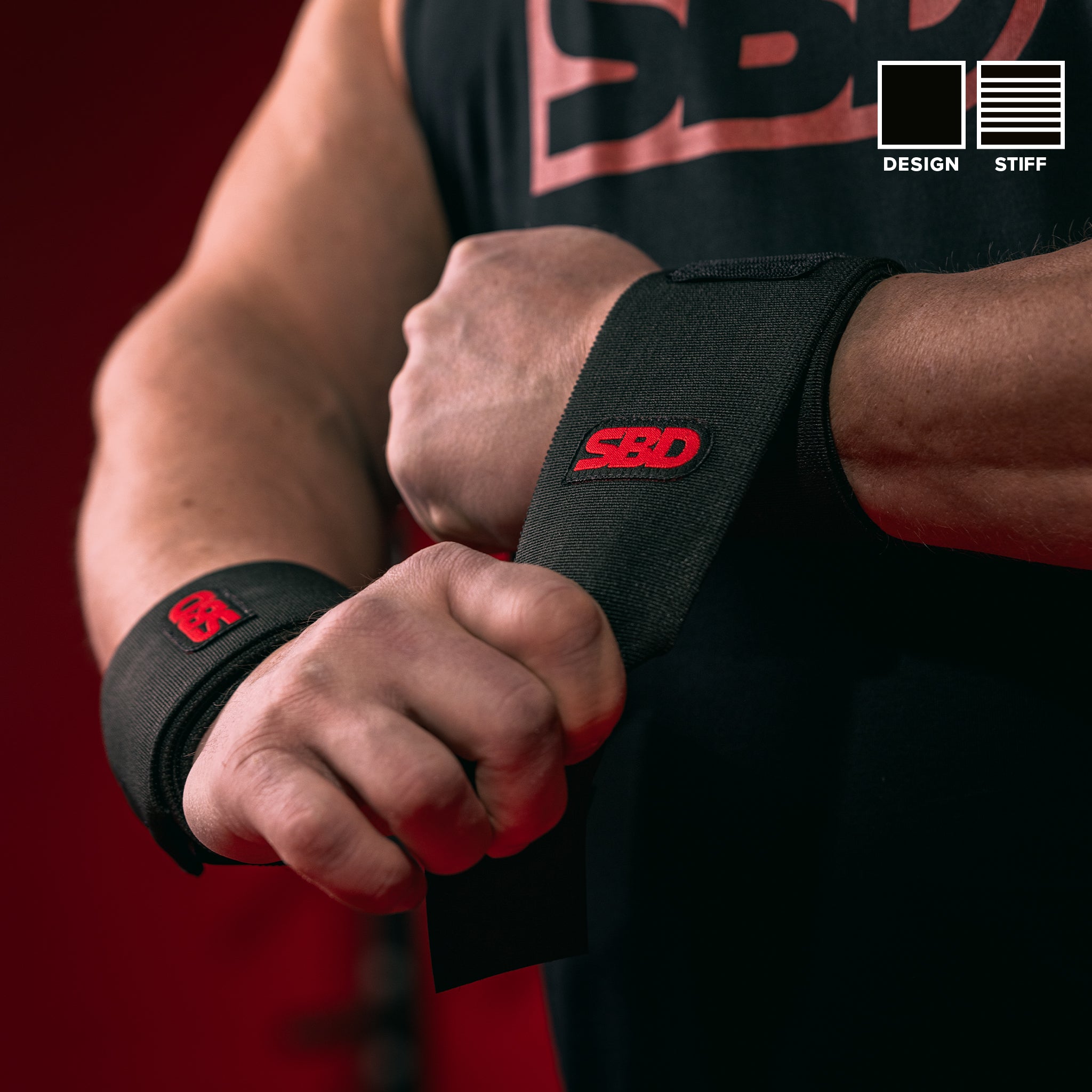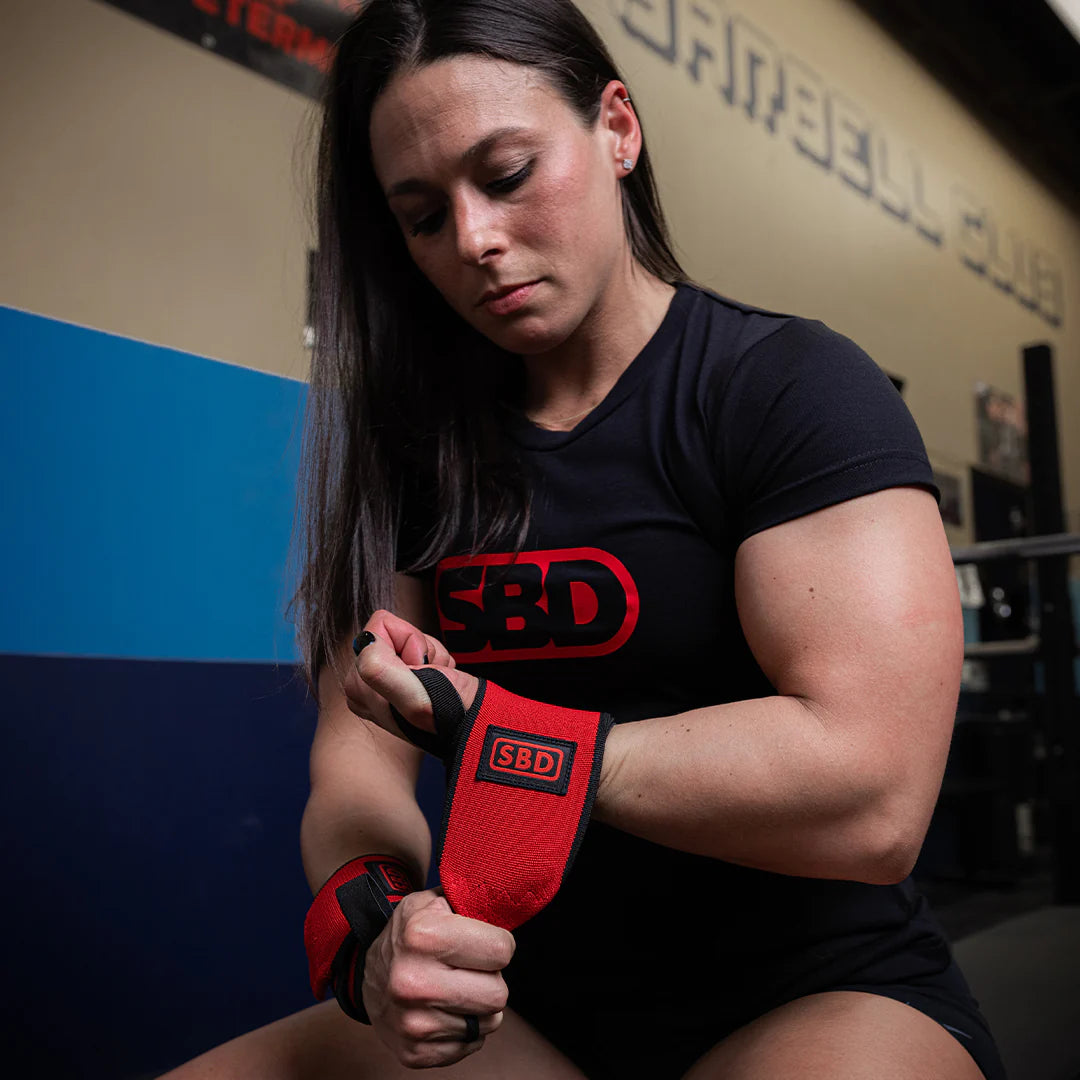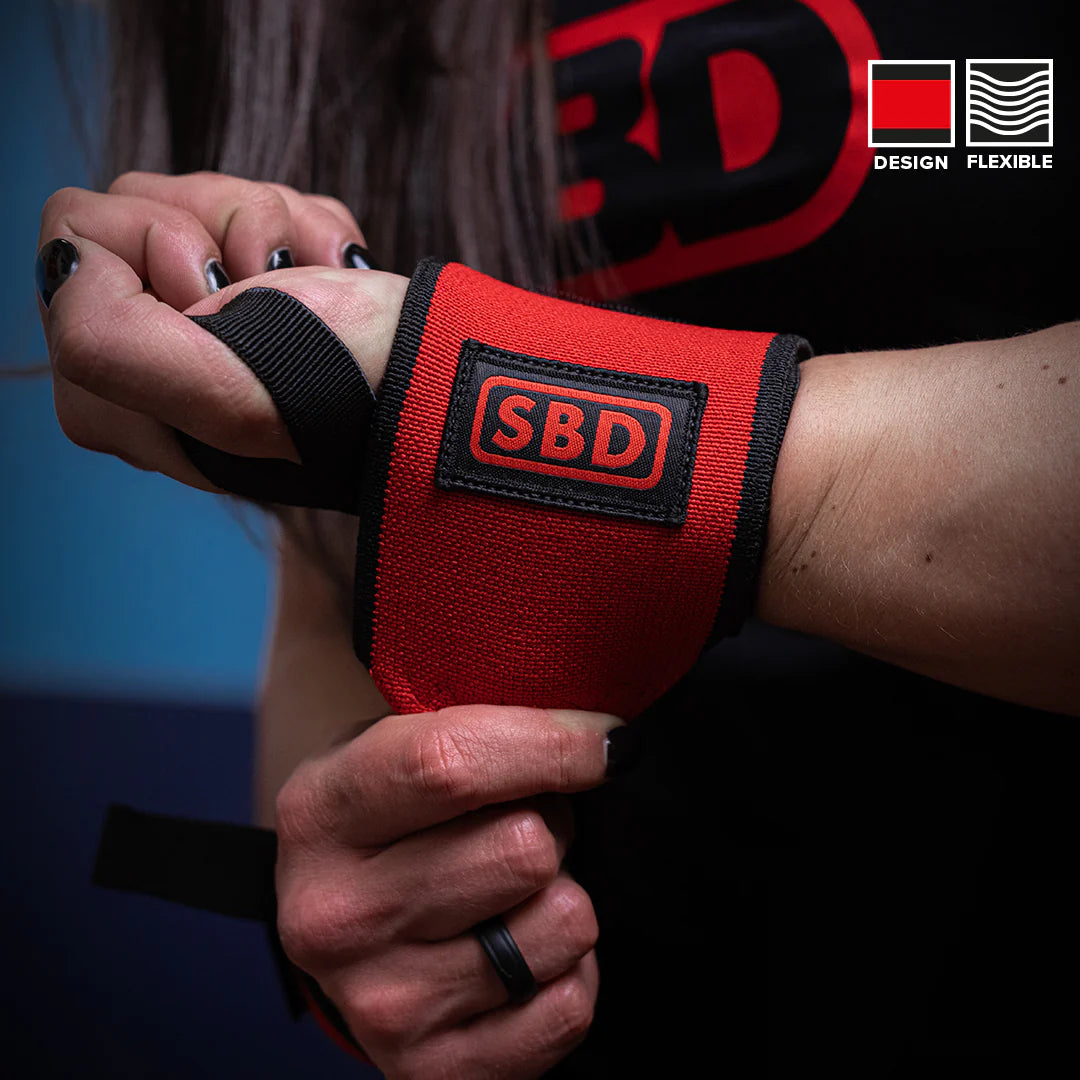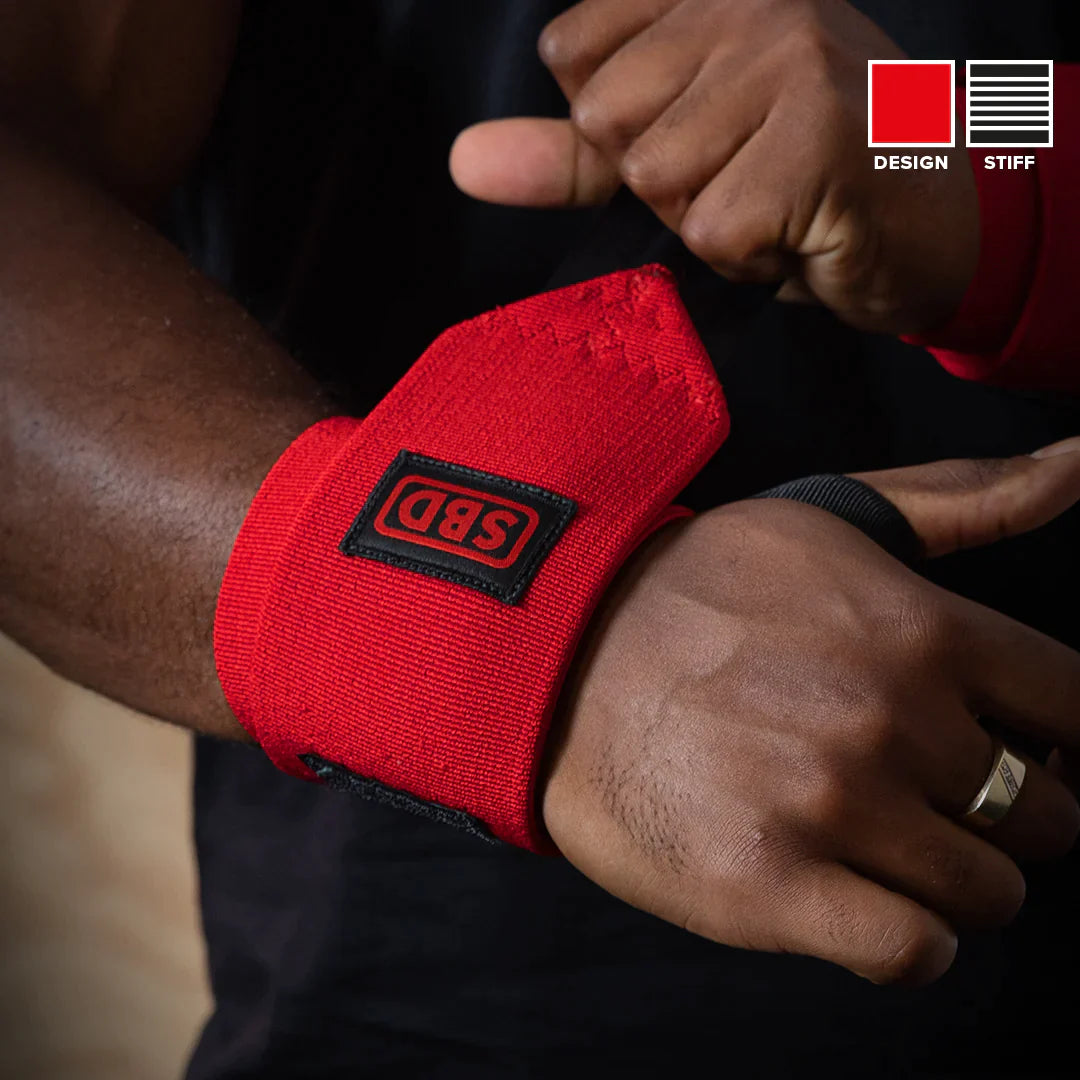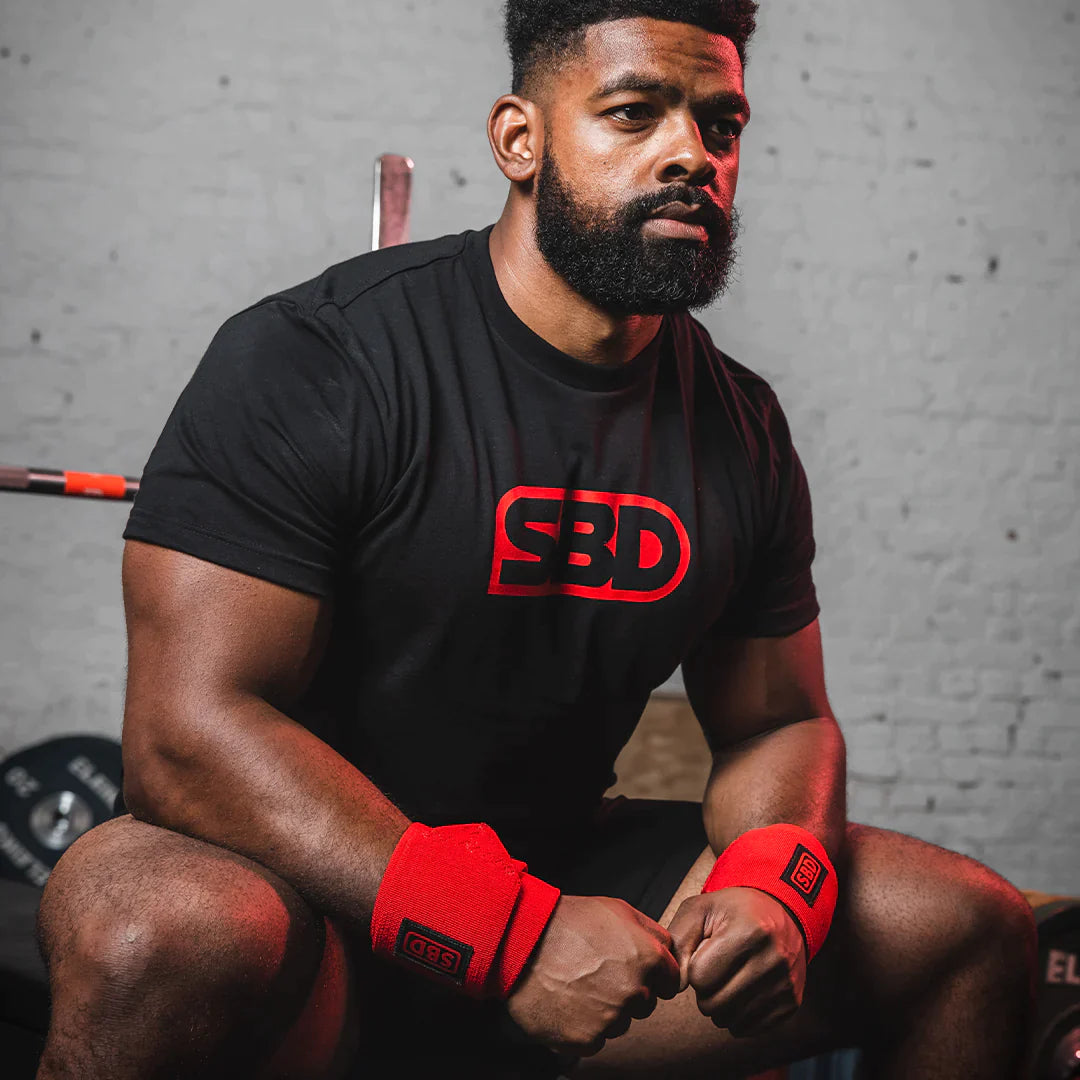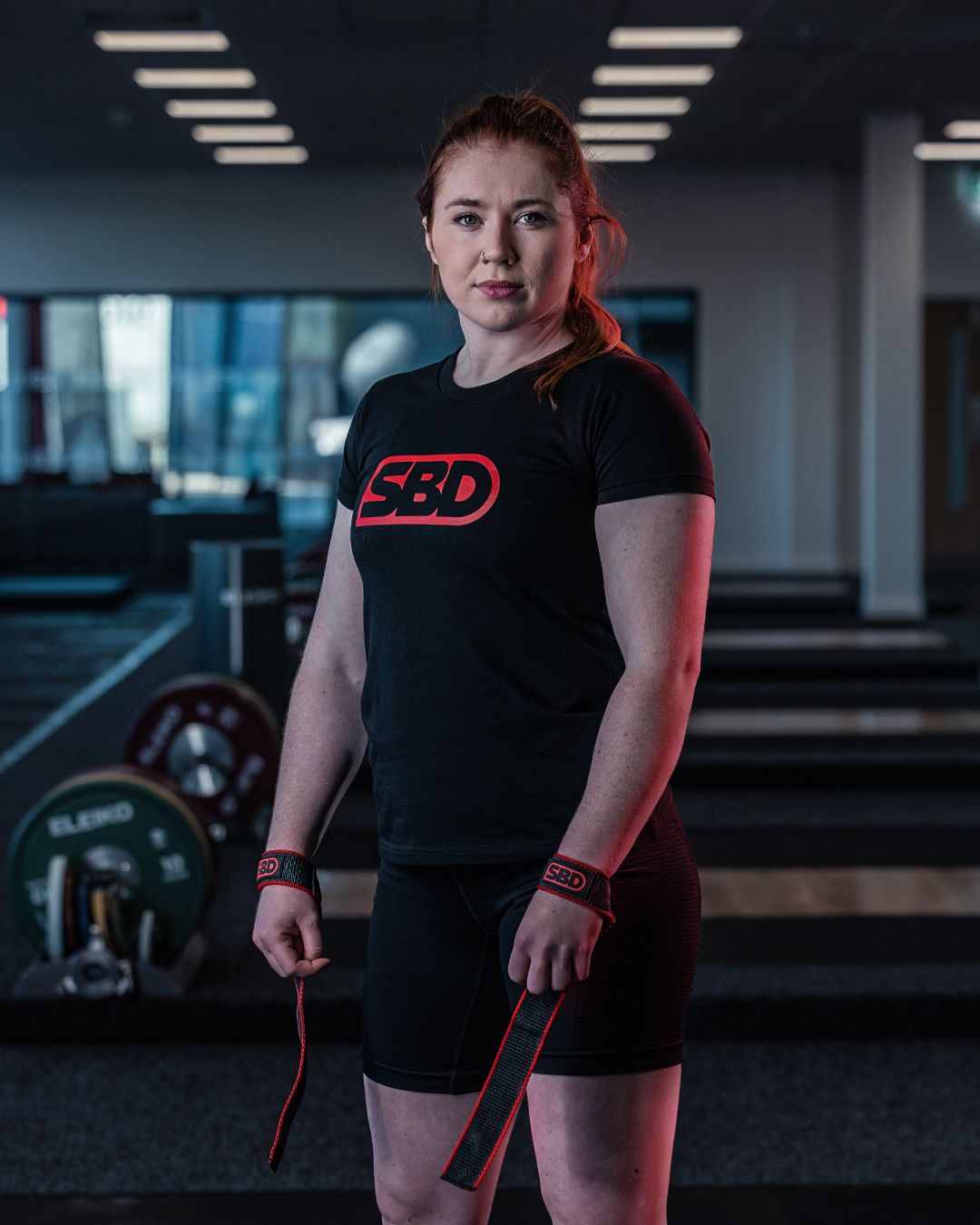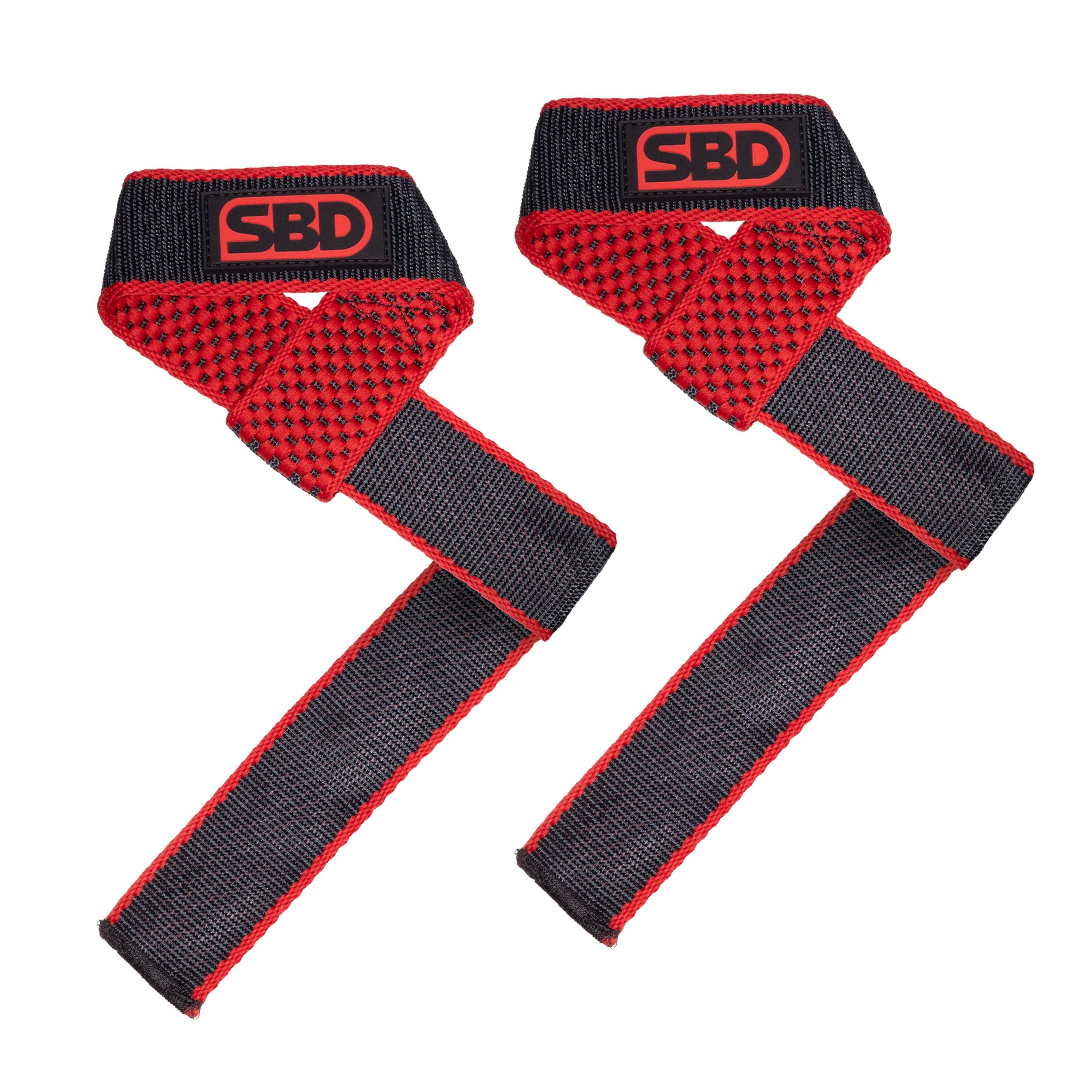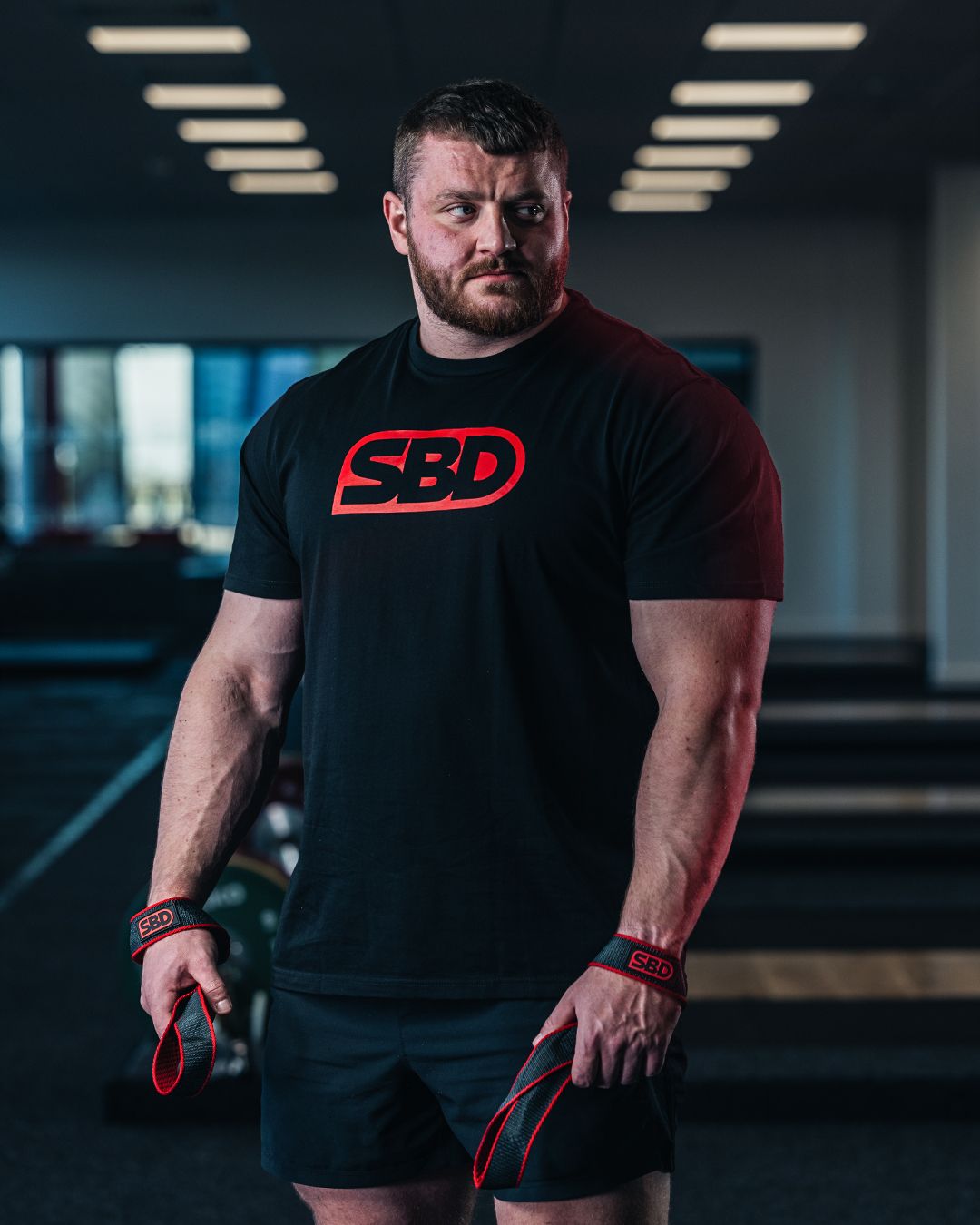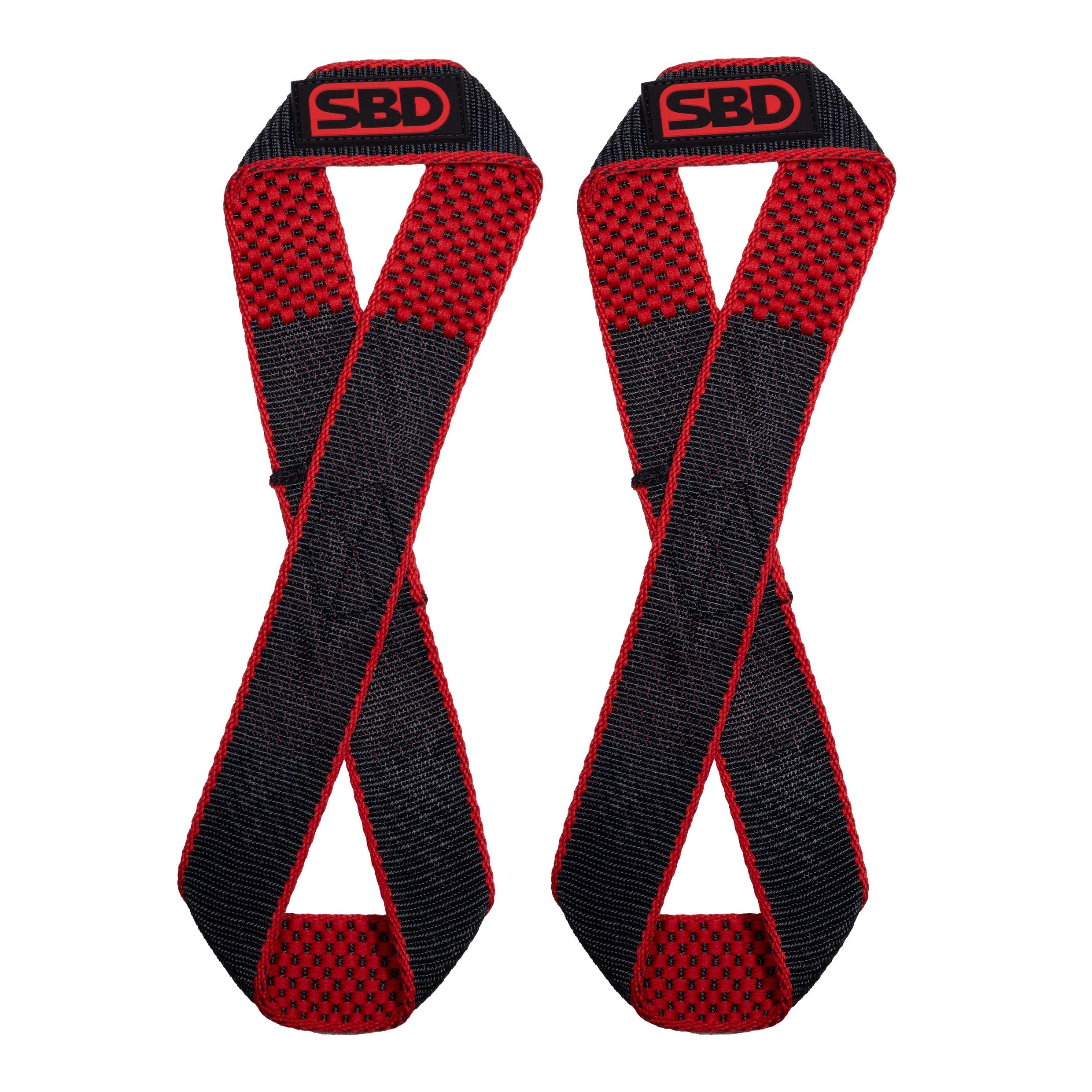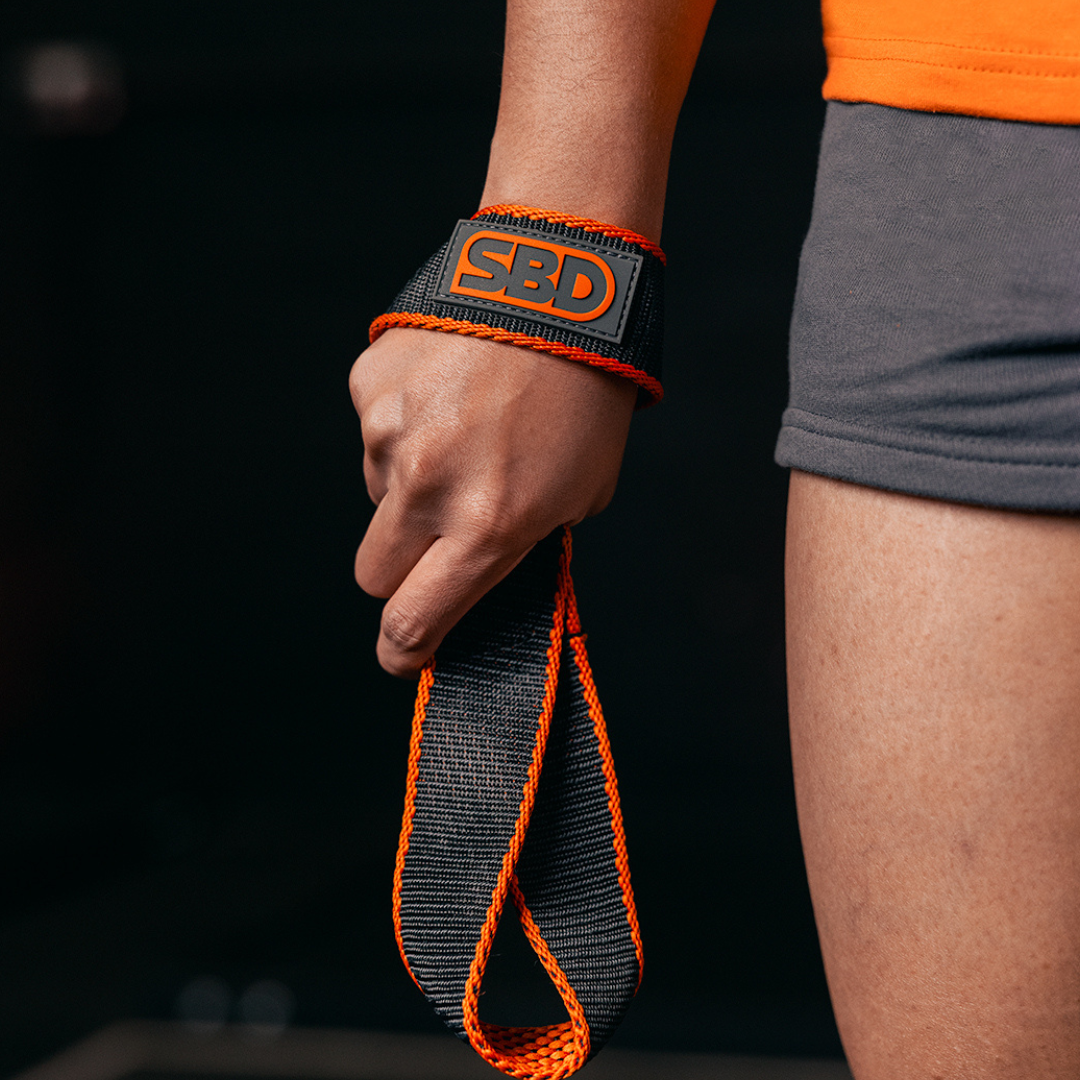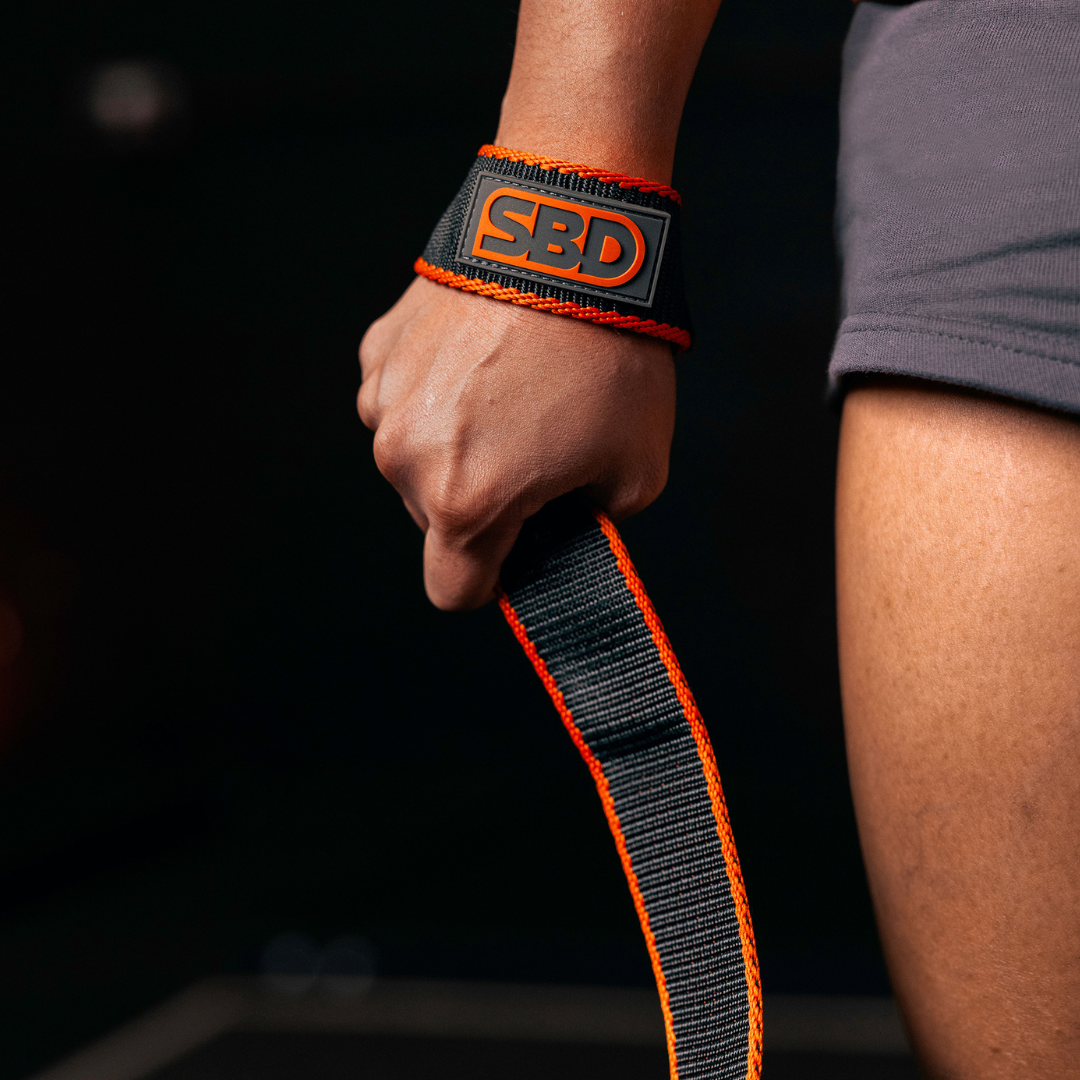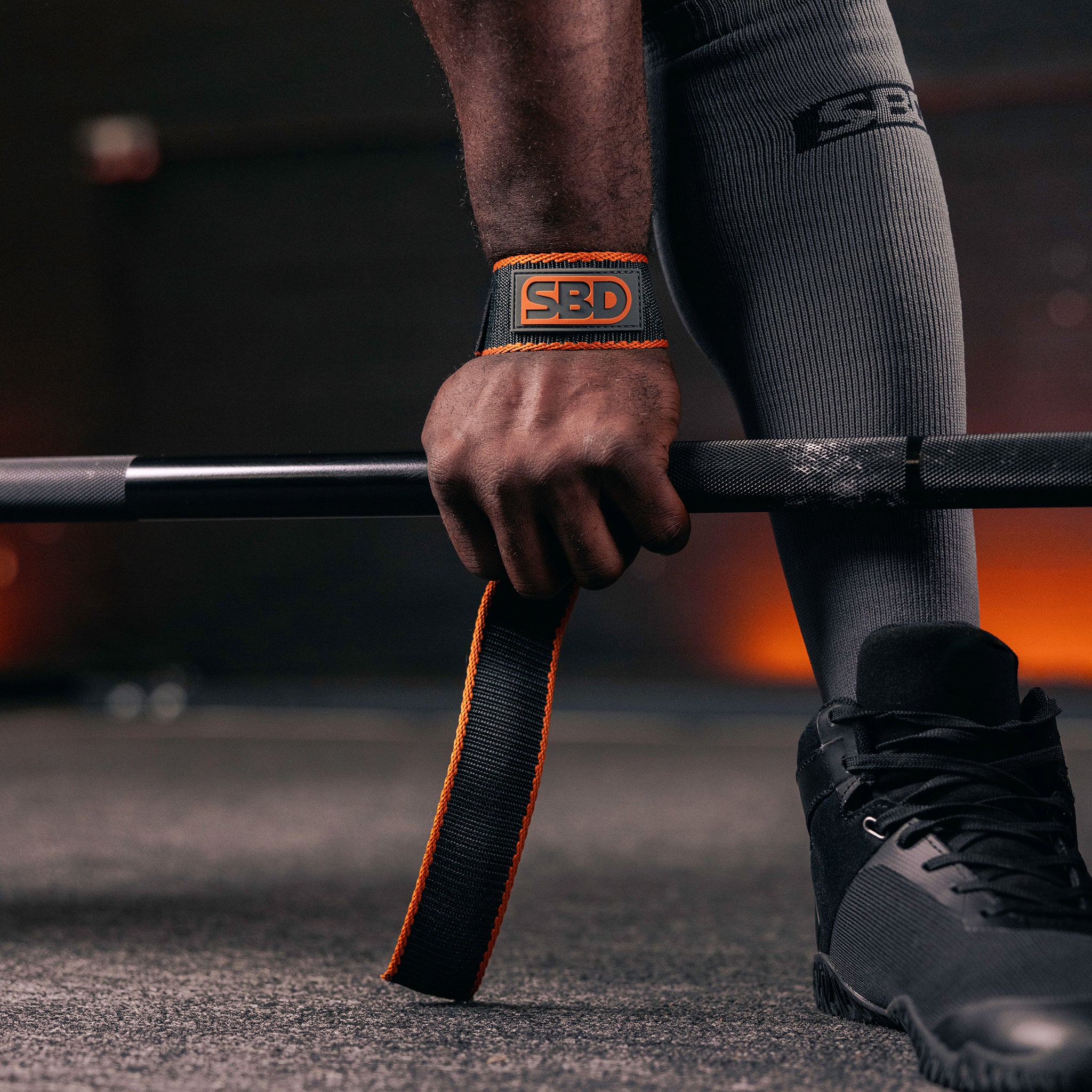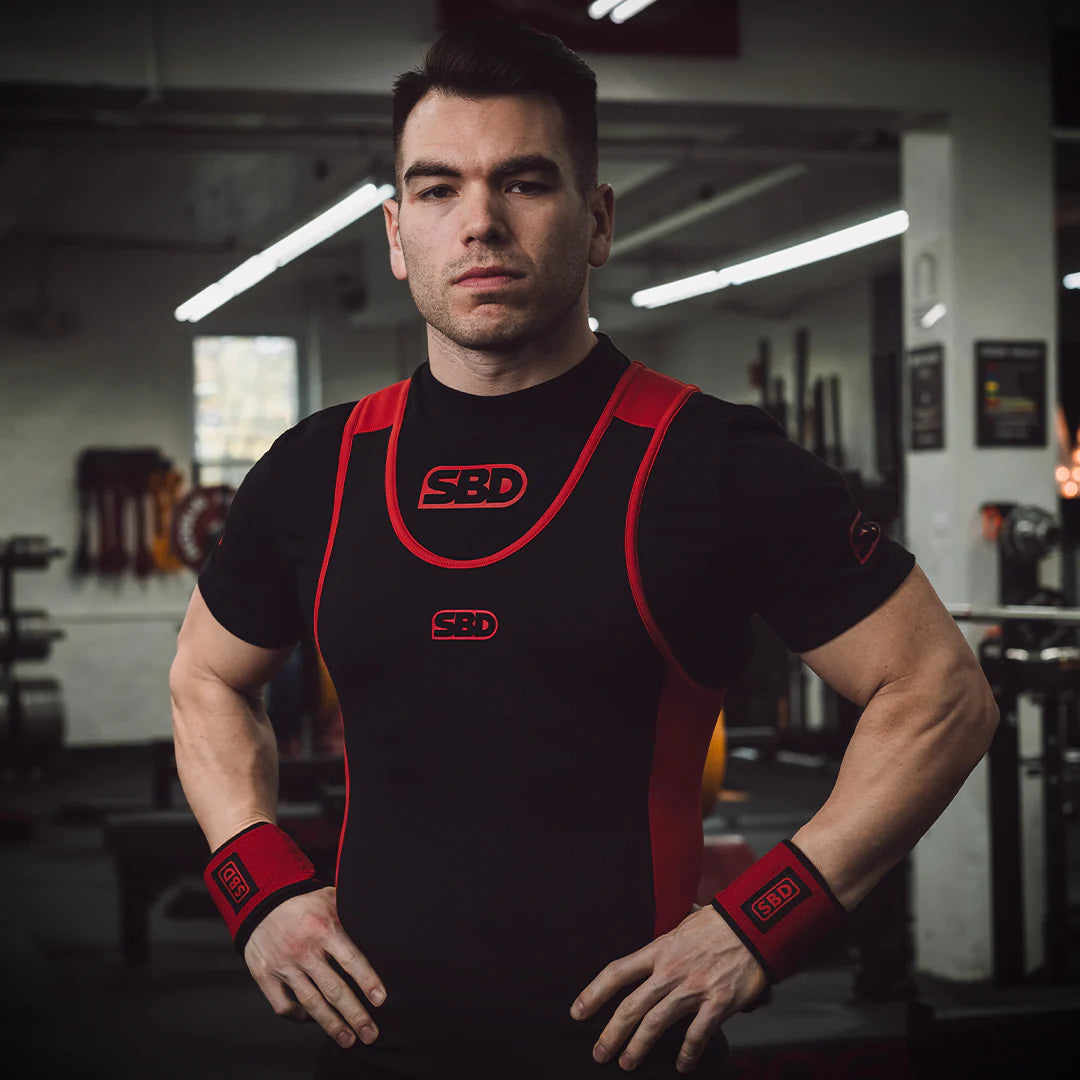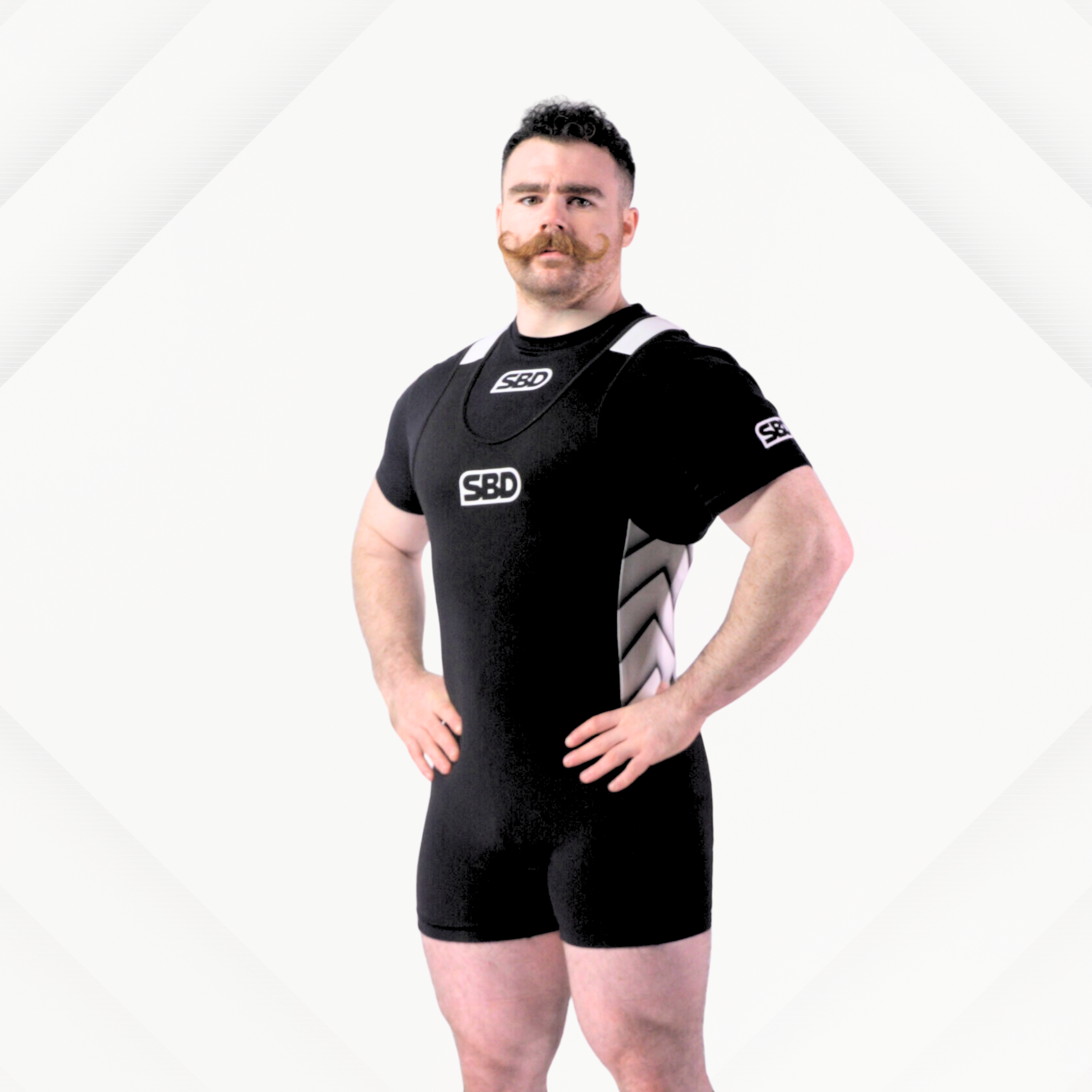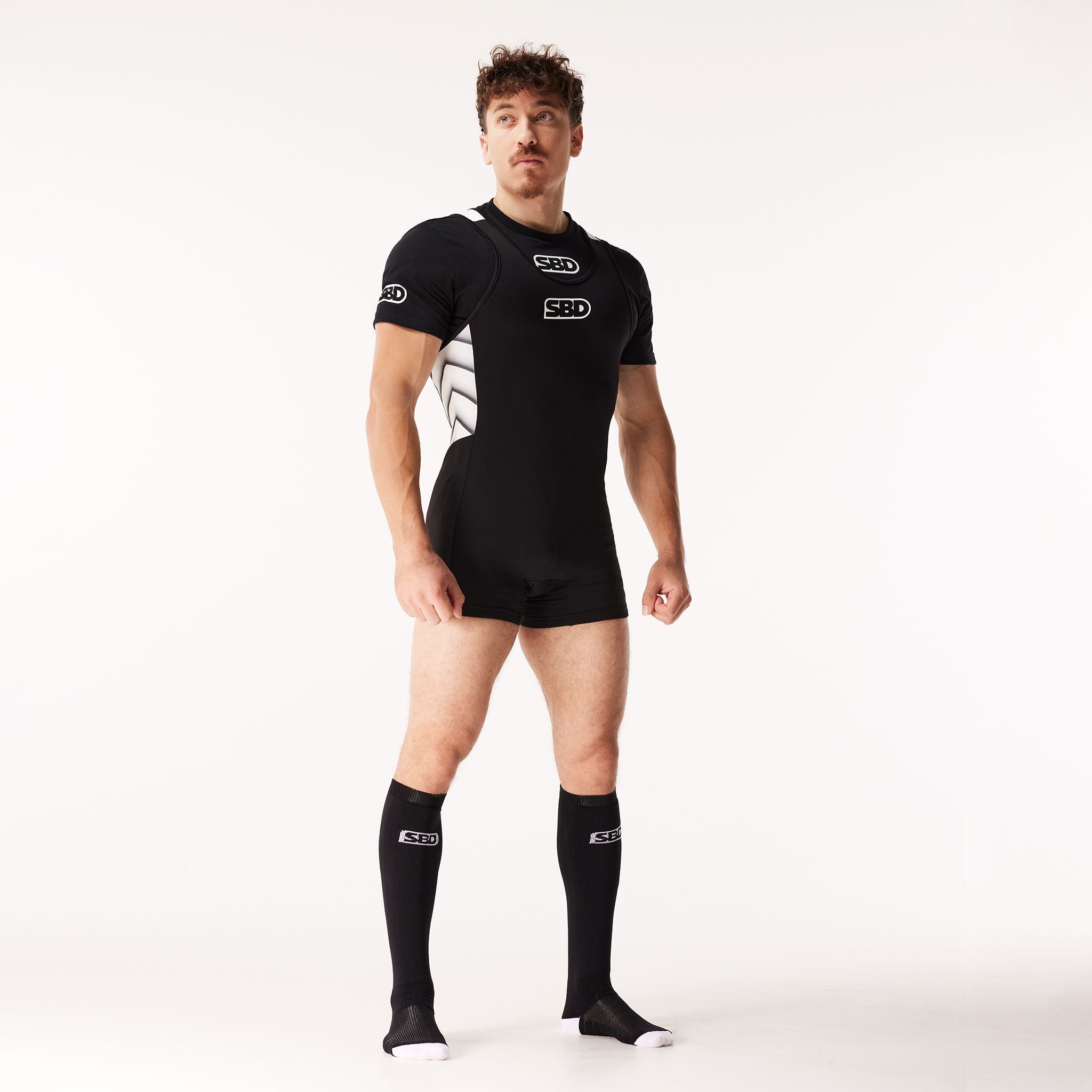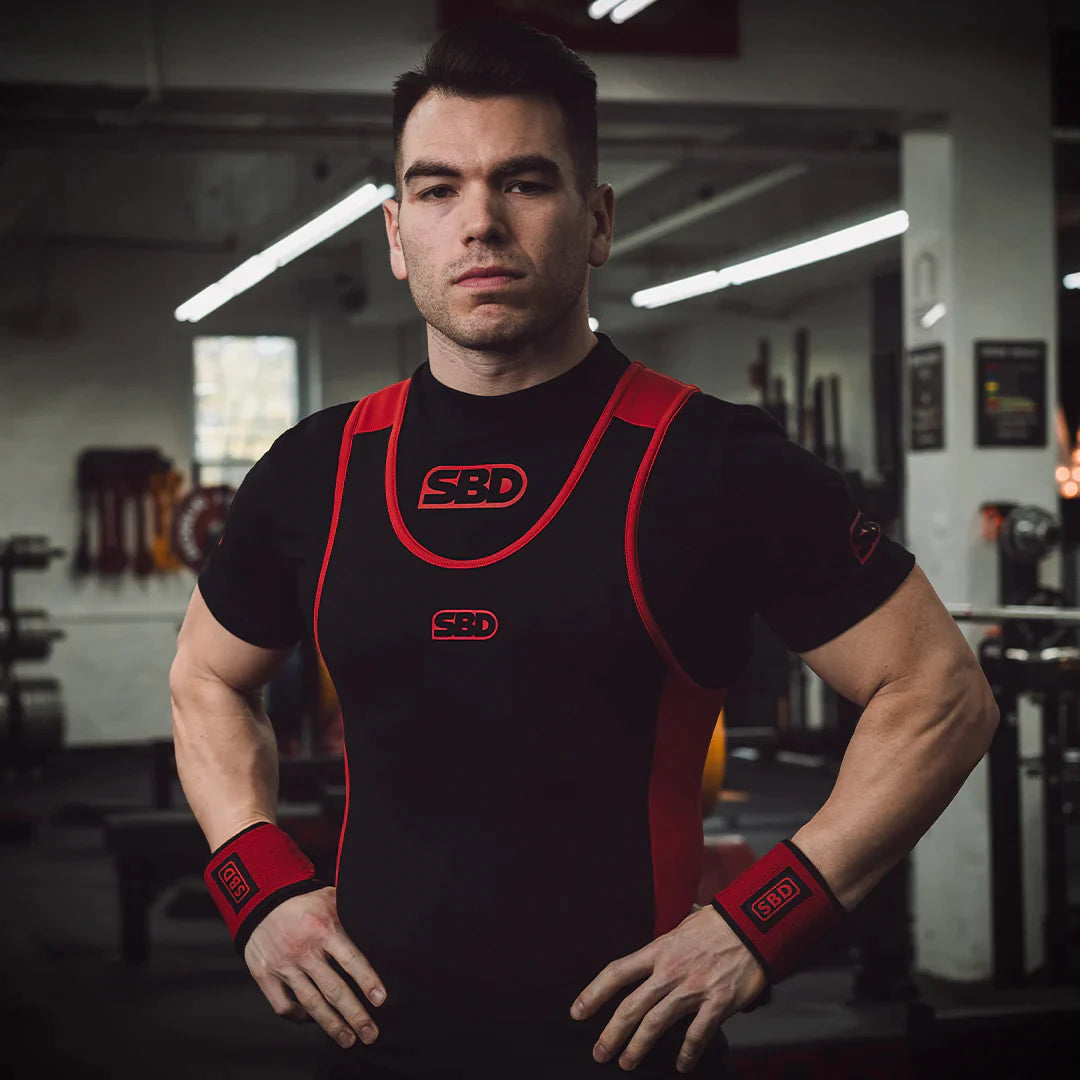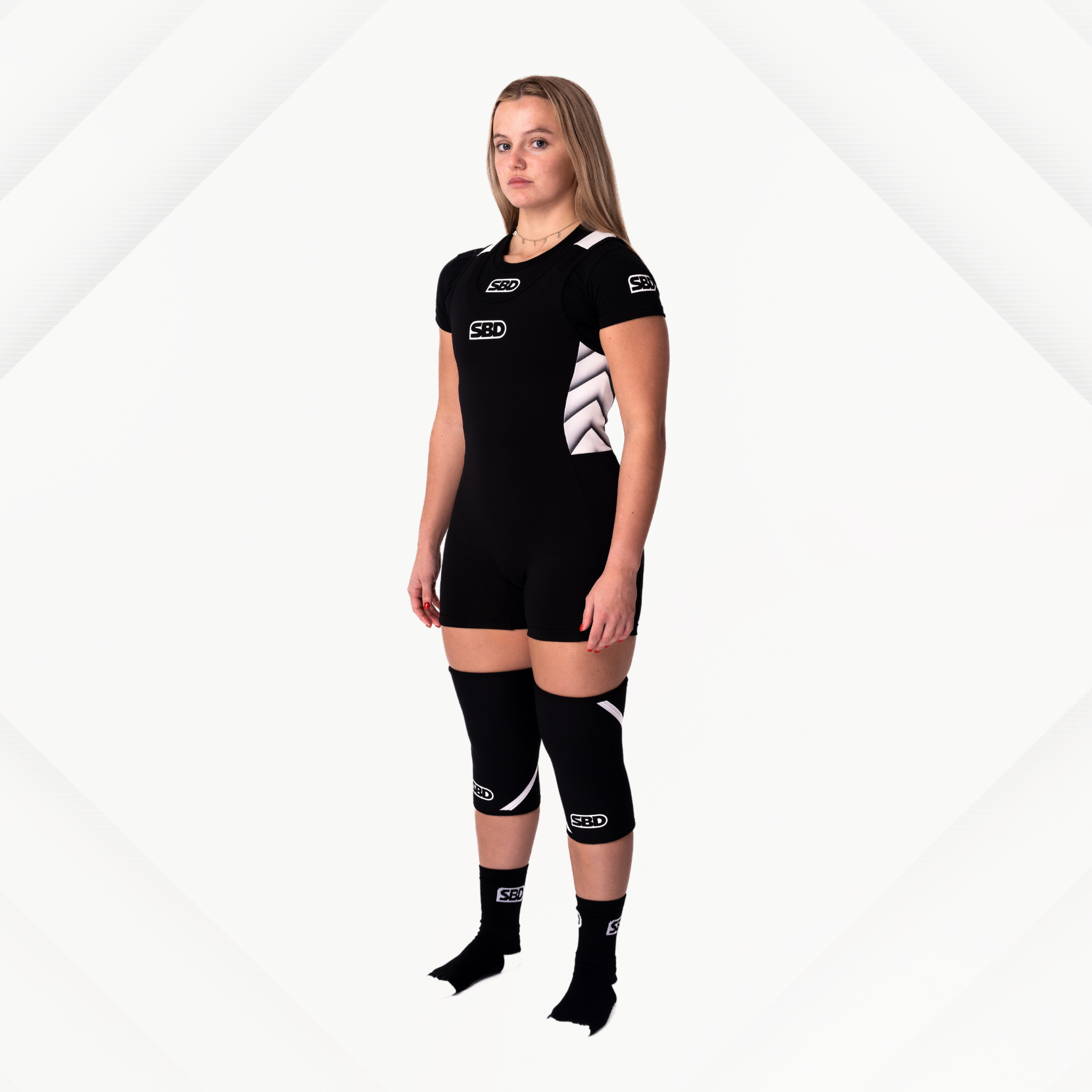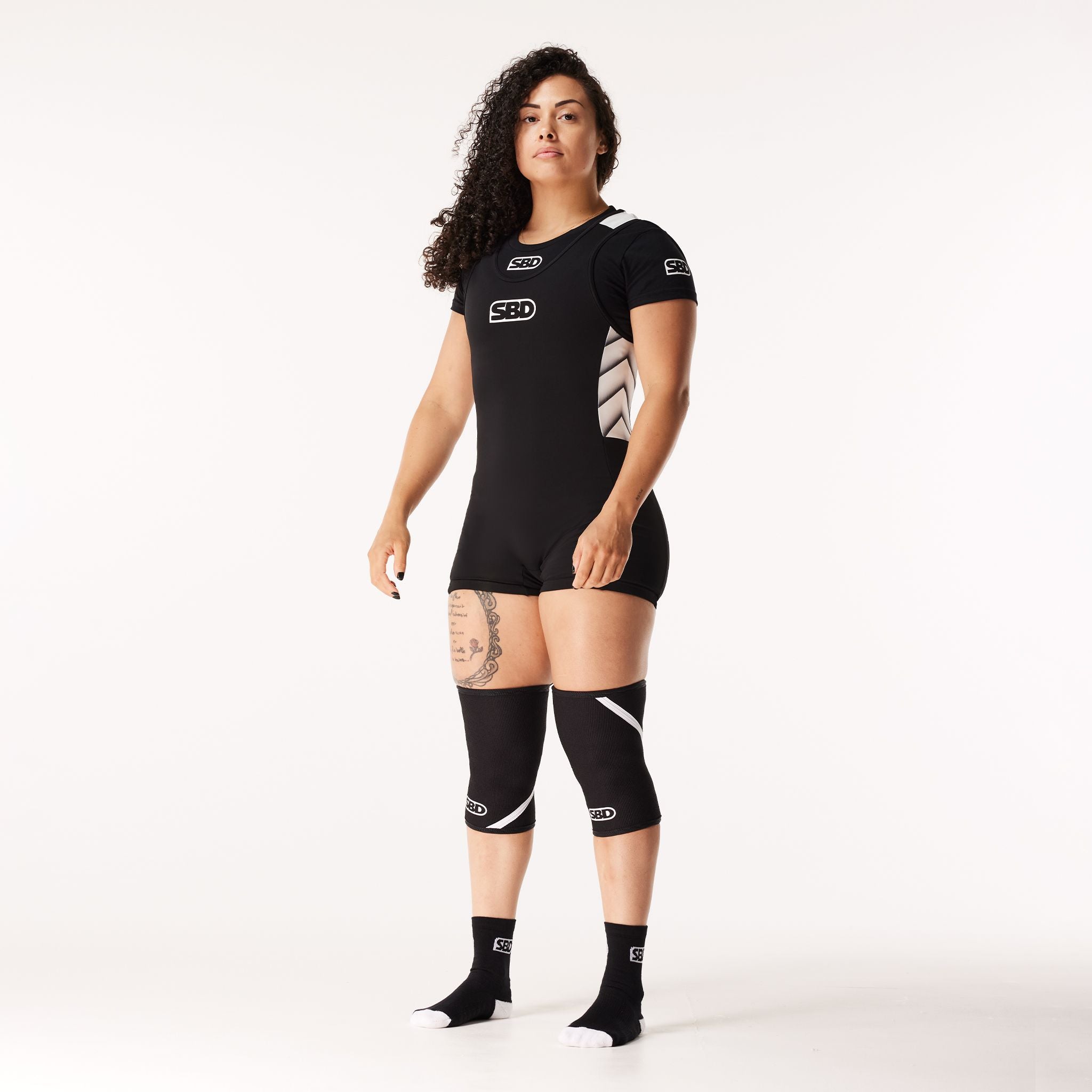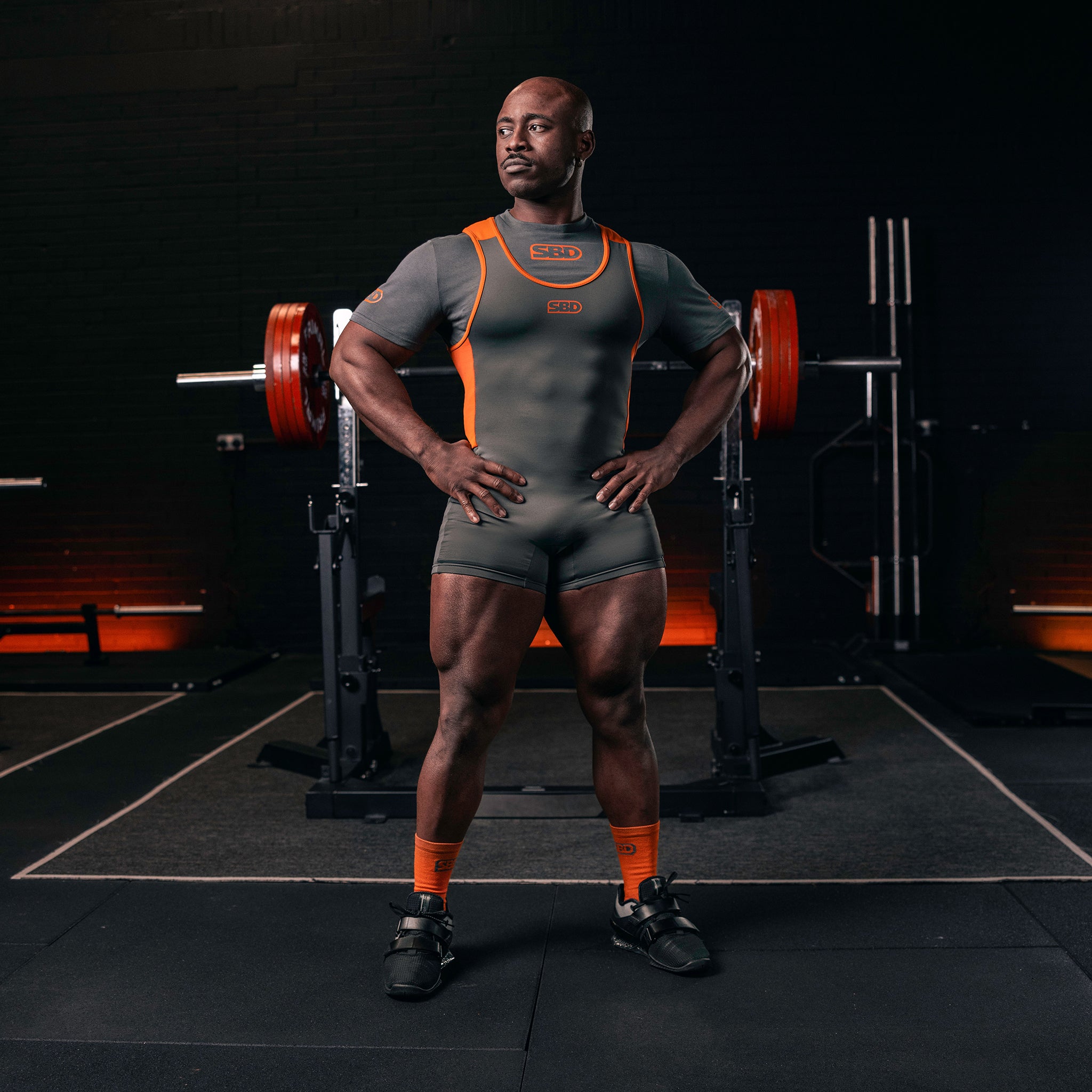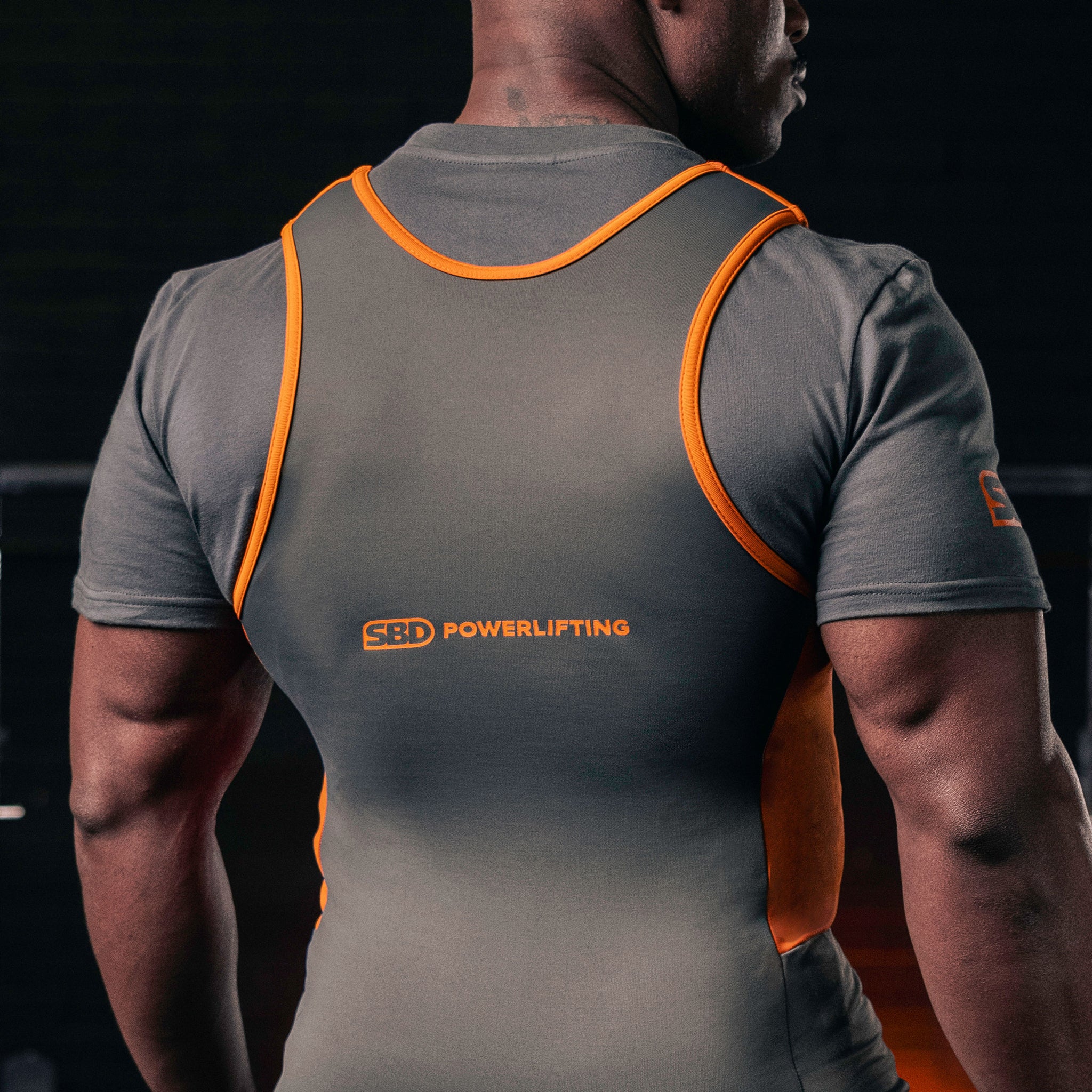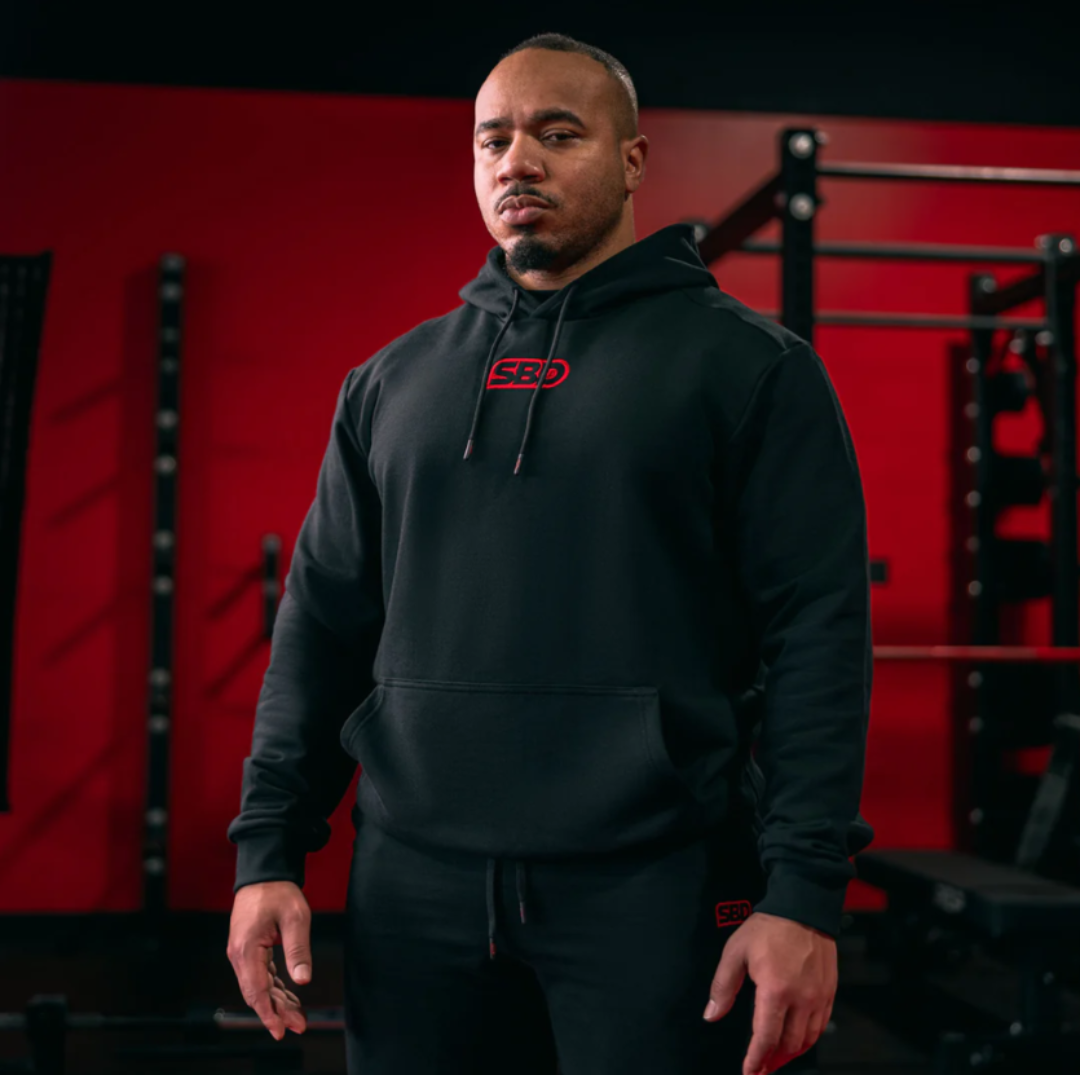Deadlifting is a cornerstone exercise in many strength training routines, but without a strong lower back, it can quickly become a ticket to injury rather than progress. Learning how to strengthen your lower back for better deadlift form is not only smart — it’s essential.
This article walks you through 11 tried-and-true methods to reinforce your posterior chain, improve posture, and ultimately master the deadlift with proper form.
Understanding the Lower Back’s Role in Deadlifts
Your lower back isn’t just along for the ride — it’s the stabilising force that keeps your form safe and your spine aligned.
Anatomy of the Lower Back
The lumbar spine, erector spinae muscles, and supporting ligaments form the structural backbone of your lower back. These work synergistically with your core to maintain a neutral spine throughout the lift.
How the Lower Back Supports Deadlift Mechanics
In a deadlift, the lower back:
-
Stabilises the spine
-
Transfers power from the legs and hips to the barbell
-
Prevents spinal flexion (rounding), which can lead to disc herniation
Why Lower Back Strength Matters
Ignoring your lower back is like ignoring your brakes while speeding — it's a disaster waiting to happen.
Preventing Injury
Weak spinal erectors can’t maintain proper positioning under load. This often leads to:
-
Lower back pain
-
Herniated discs
-
Muscle strains
Enhancing Performance and Stability
A strong lower back helps you lift heavier while reducing energy leaks. More efficient lifts mean faster strength gains.
Common Deadlift Mistakes that Strain the Lower Back
Even seasoned lifters make these errors — often at the cost of their lower backs.
Rounding the Back
This often occurs when:
-
The bar is too far from the body
-
The lifter initiates the pull with the back rather than the hips
Poor Hip Hinge Technique
If you’re squatting instead of hinging, you’re asking your quads to do the job of your glutes and hamstrings.
Key Exercises to Strengthen the Lower Back
Let’s dive into the best exercises you can include to reinforce that all-important posterior chain.
Romanian Deadlifts
Focus on stretching the hamstrings and engaging the glutes while keeping the spine neutral.
How to:
-
Stand with feet shoulder-width apart.
-
Hold a barbell or dumbbells in front of your thighs.
-
Hinge at the hips while maintaining a slight bend in the knees.
-
Stop just below the knees and return to standing.
Good Mornings
Excellent for posterior chain activation, especially when performed with lighter weights and high reps.
Back Extensions
Use a Roman chair or a glute-ham developer. Add resistance once you’ve mastered bodyweight.
Bird-Dogs and Supermans
Bodyweight movements that improve control, stability, and proprioception.
Core and Glute Engagement: The Hidden Allies
Your lower back doesn’t work in isolation. Strong glutes and core muscles support the lumbar spine by distributing load more evenly.
Top Complementary Movements:
-
Planks and side planks
-
Glute bridges
-
Ab wheel rollouts
Mobility and Flexibility: Reducing Back Stress
Tight hamstrings and hips can force your lower back to compensate — a recipe for strain.
Include:
-
Hamstring stretches
-
Hip openers (like the pigeon pose)
-
Thoracic spine mobility drills
Smart Deadlift Progressions for Beginners
Start simple and build slowly. Here’s a roadmap:
-
Kettlebell deadlifts
-
Trap bar deadlifts
-
Conventional barbell deadlifts
Use light loads and focus on form. Consider filming your lifts for self-assessment or getting coaching feedback.
Importance of Rest and Recovery
Your back won’t get stronger without proper recovery. Incorporate:
-
At least one rest day between heavy sessions
-
Sleep (7-9 hours per night)
-
Nutrition high in protein and anti-inflammatory foods
Sample Weekly Lower Back Training Plan
| Day | Focus | Exercises |
|---|---|---|
| Monday | Deadlift Technique | Kettlebell deadlifts, planks, hip mobility |
| Wednesday | Posterior Chain Strength | Good mornings, bird-dogs, glute bridges |
| Friday | Load Progression + Core | Romanian deadlifts, side planks, back extensions |
| Sunday | Recovery + Flexibility | Stretching, foam rolling, light yoga |
Frequently Asked Questions
Q1: Can I deadlift with a weak lower back?
It’s best to first strengthen your lower back with accessory work before performing heavy deadlifts.
Q2: What’s the best rep range for lower back training?
8–12 reps with moderate weight works well for building endurance and strength.
Q3: How often should I train my lower back?
2–3 times per week with 48 hours between sessions for recovery is optimal.
Q4: Is soreness in the lower back after deadlifting normal?
Mild soreness is okay. Sharp or lingering pain is a red flag and may indicate poor form or overtraining.
Q5: Can stretching alone improve my deadlift form?
Stretching helps with mobility, but strength training is crucial for spinal support.
Q6: Should I wear a lifting belt for deadlifts?
A belt can provide extra support for maximal lifts, but it shouldn’t replace core engagement.
Conclusion
Strengthening your lower back is the foundation of safe and effective deadlifting. With consistent training, smart progressions, and mindful recovery, you’ll not only lift more — you’ll lift longer and safer.
Be proactive. Integrate these tips into your routine, and your lower back will thank you with every rep.




